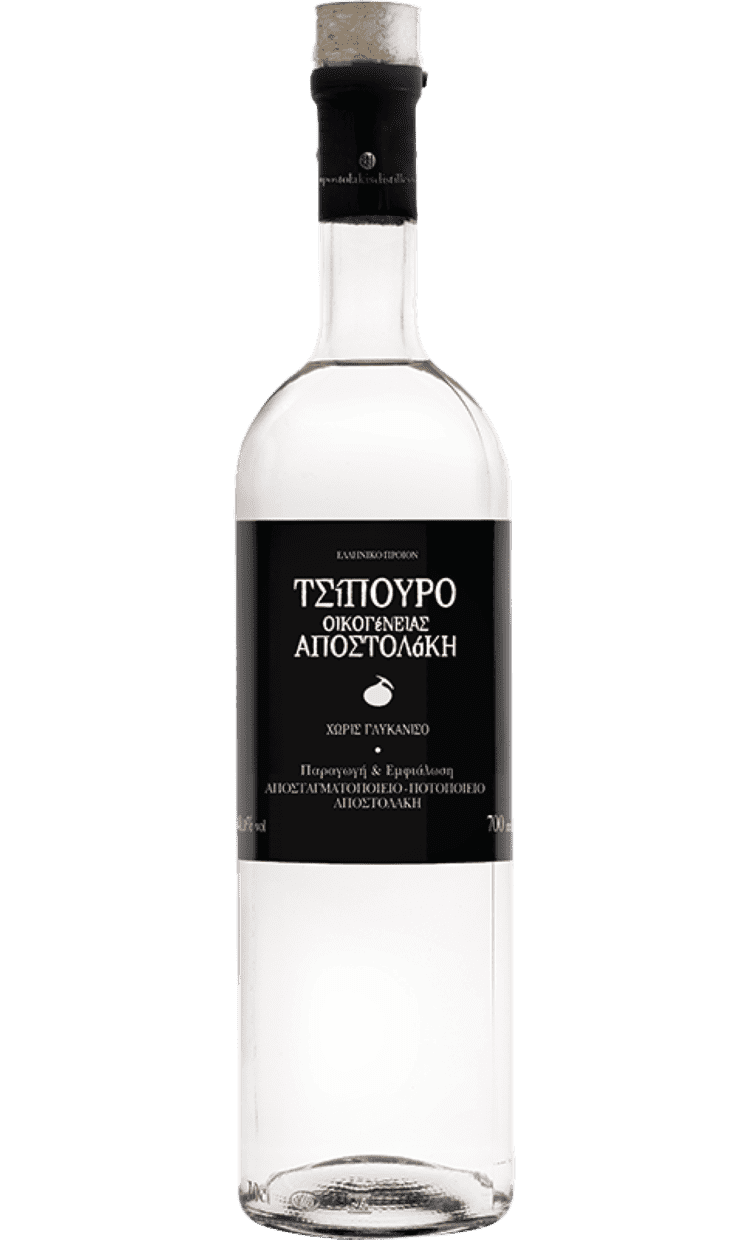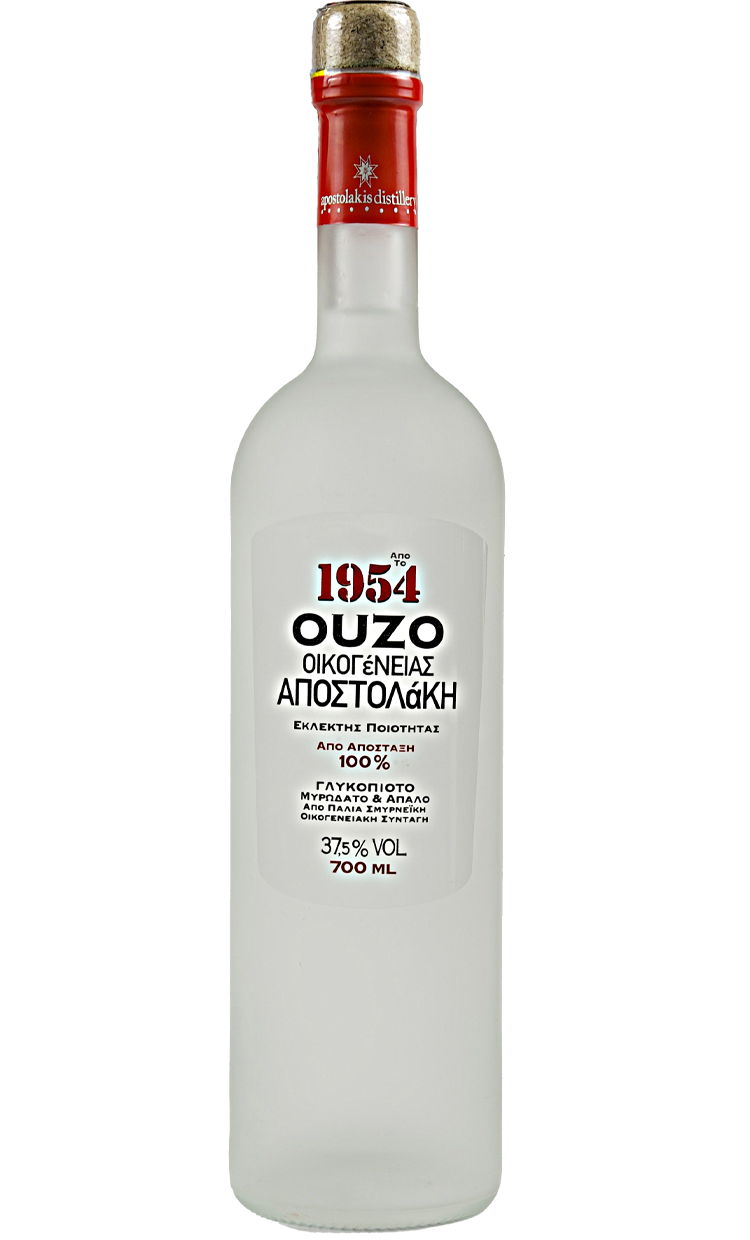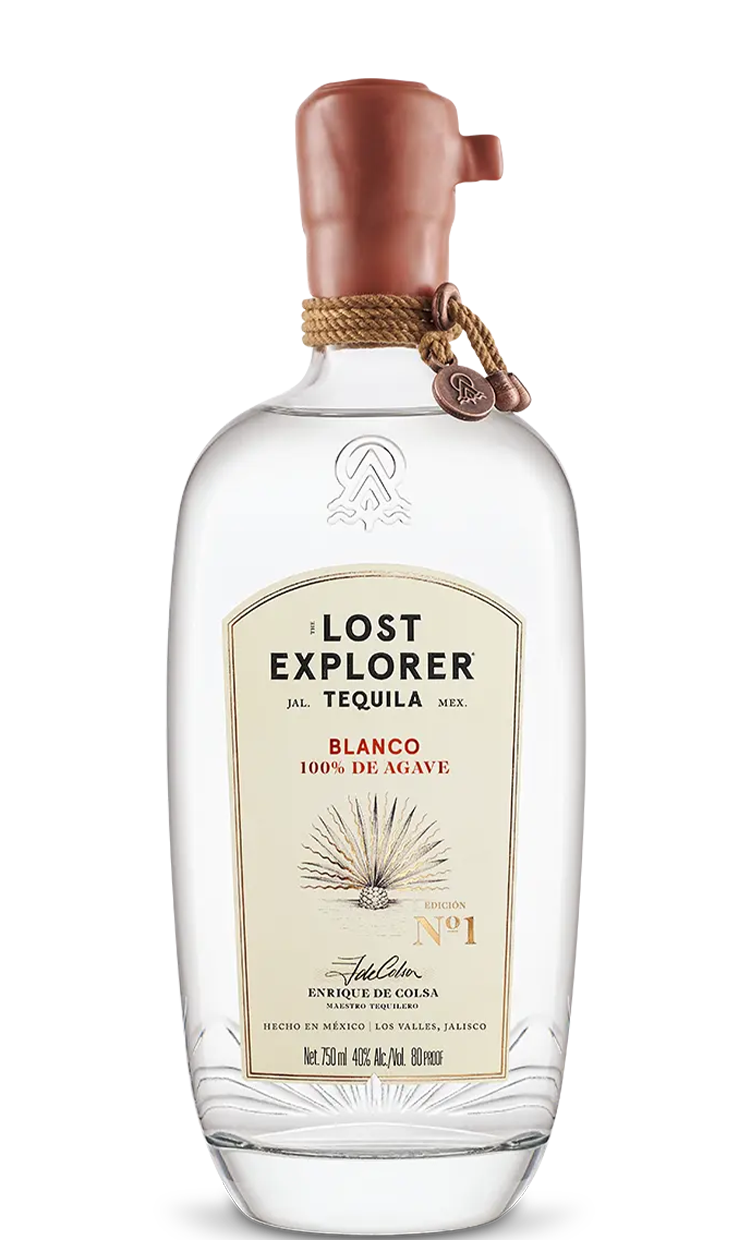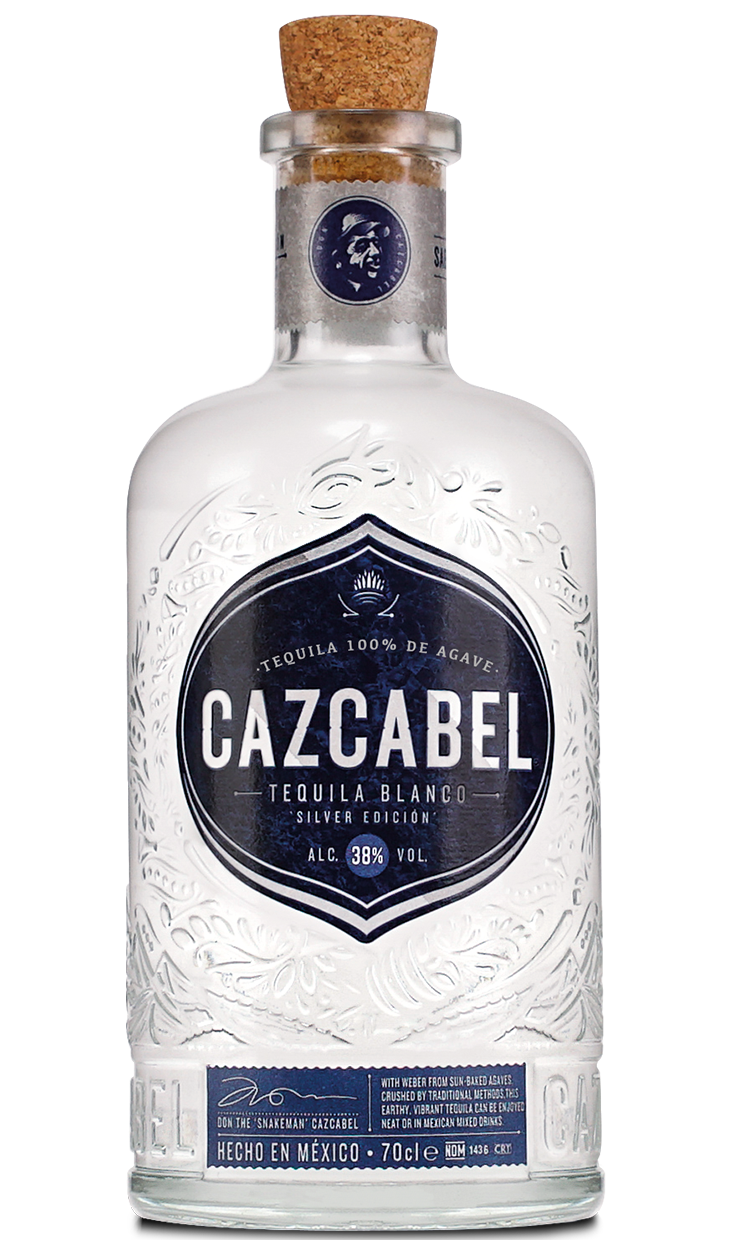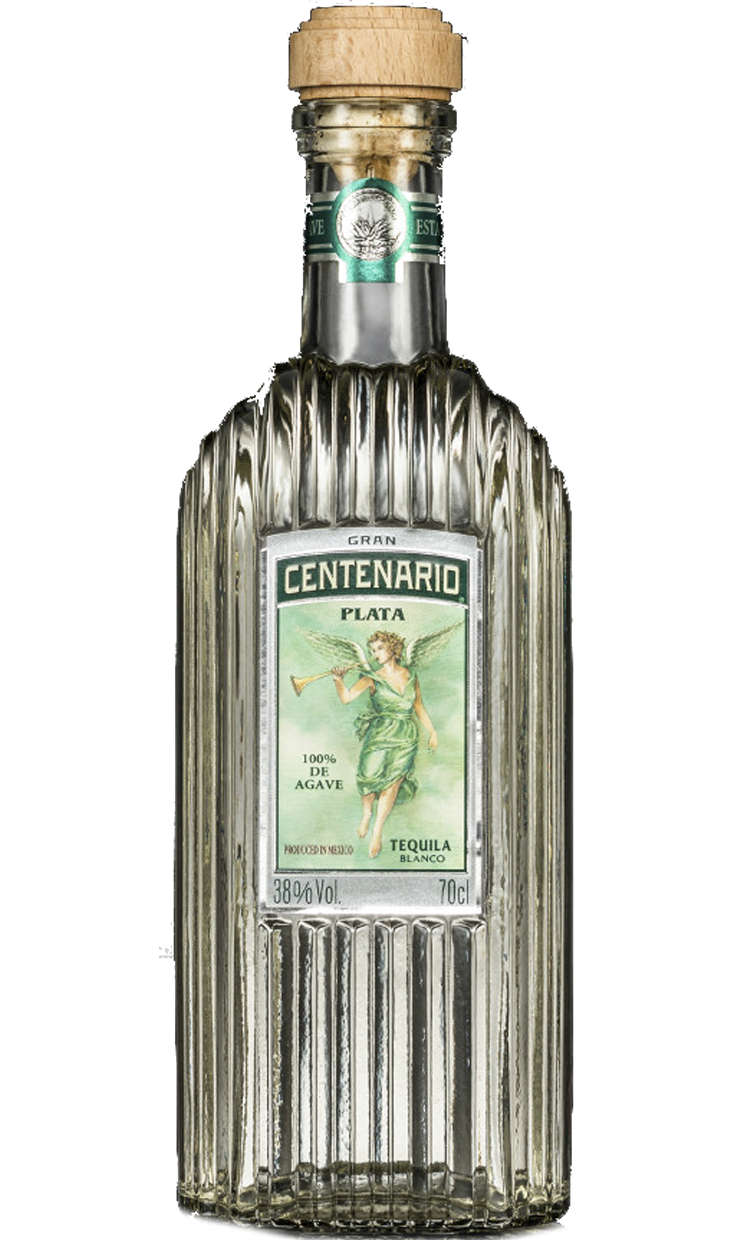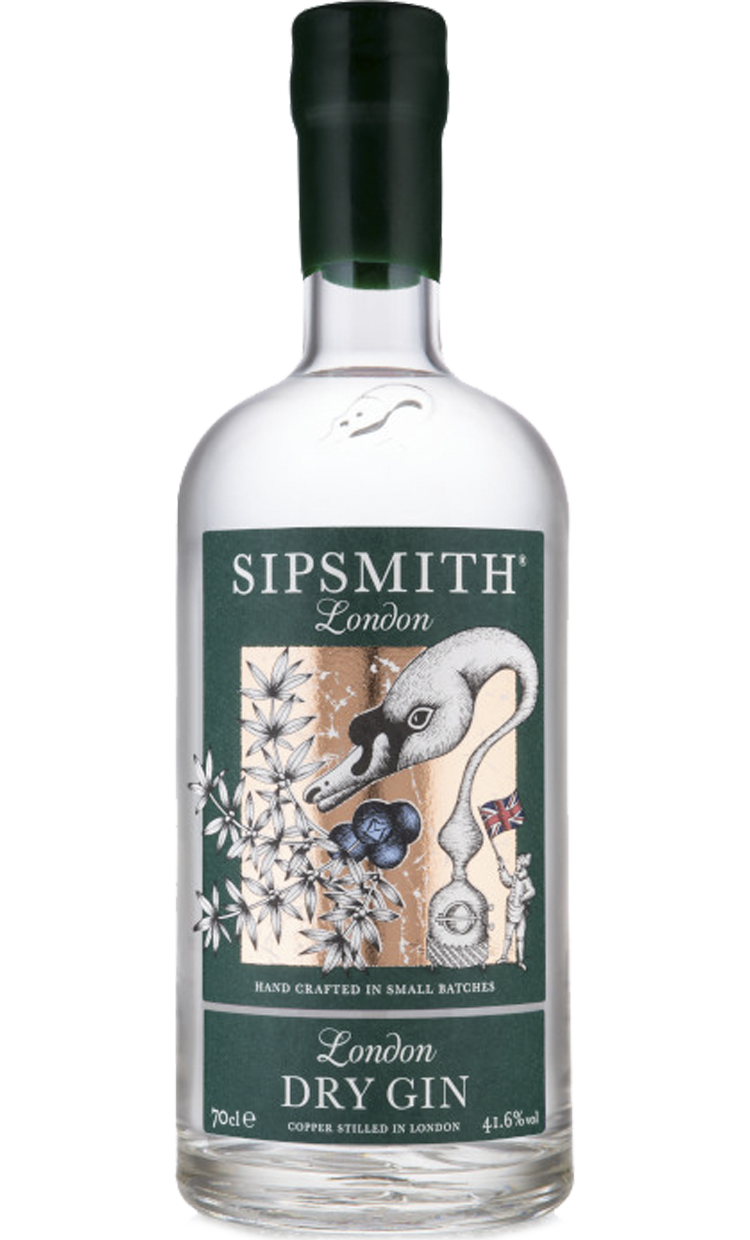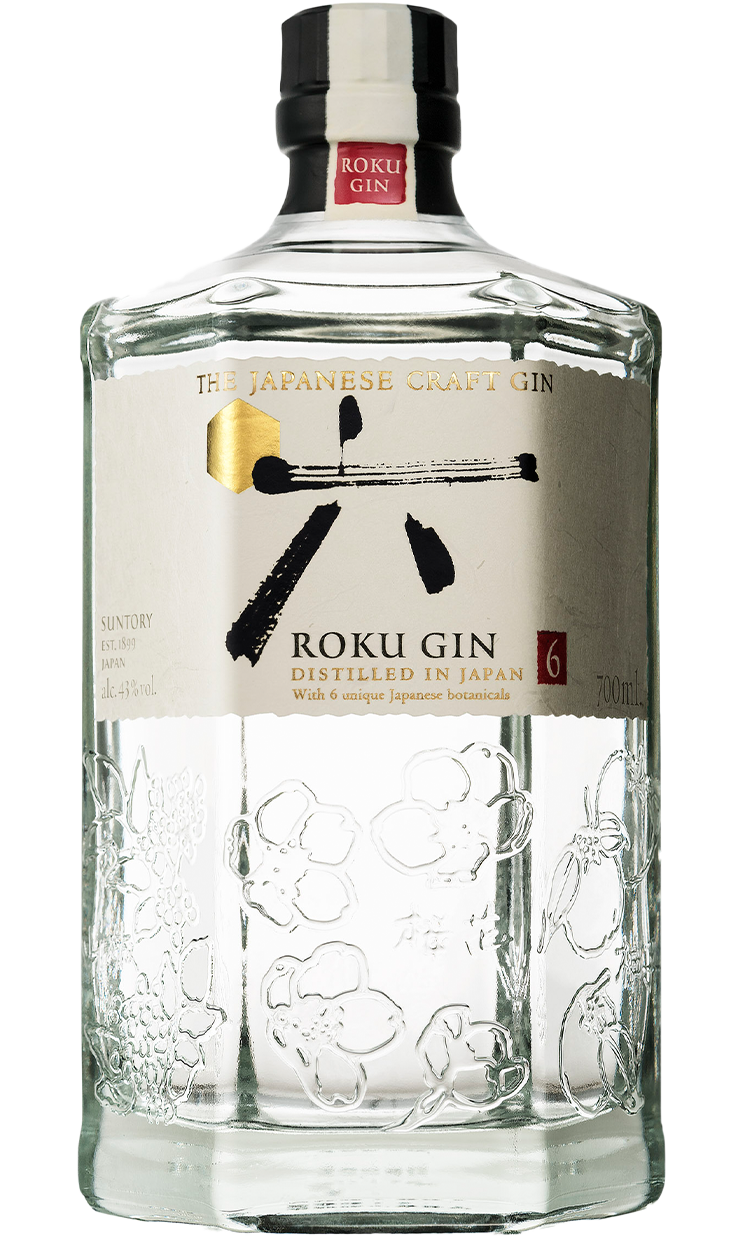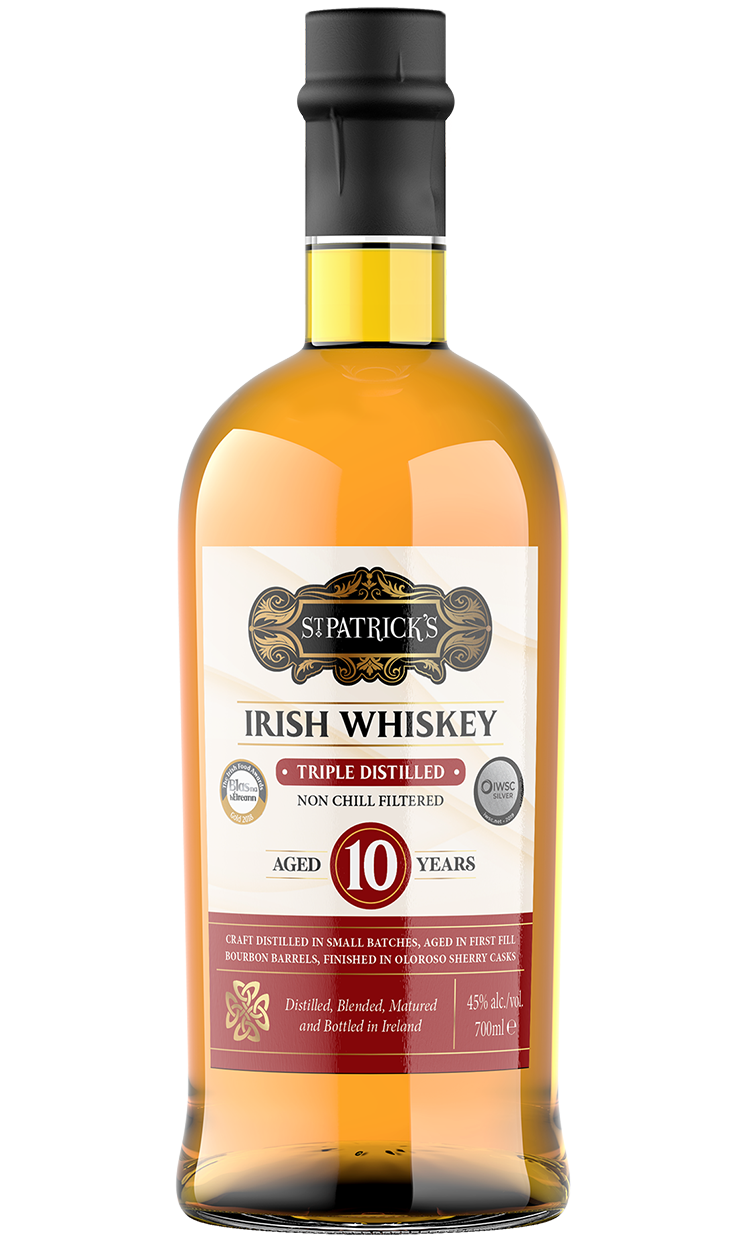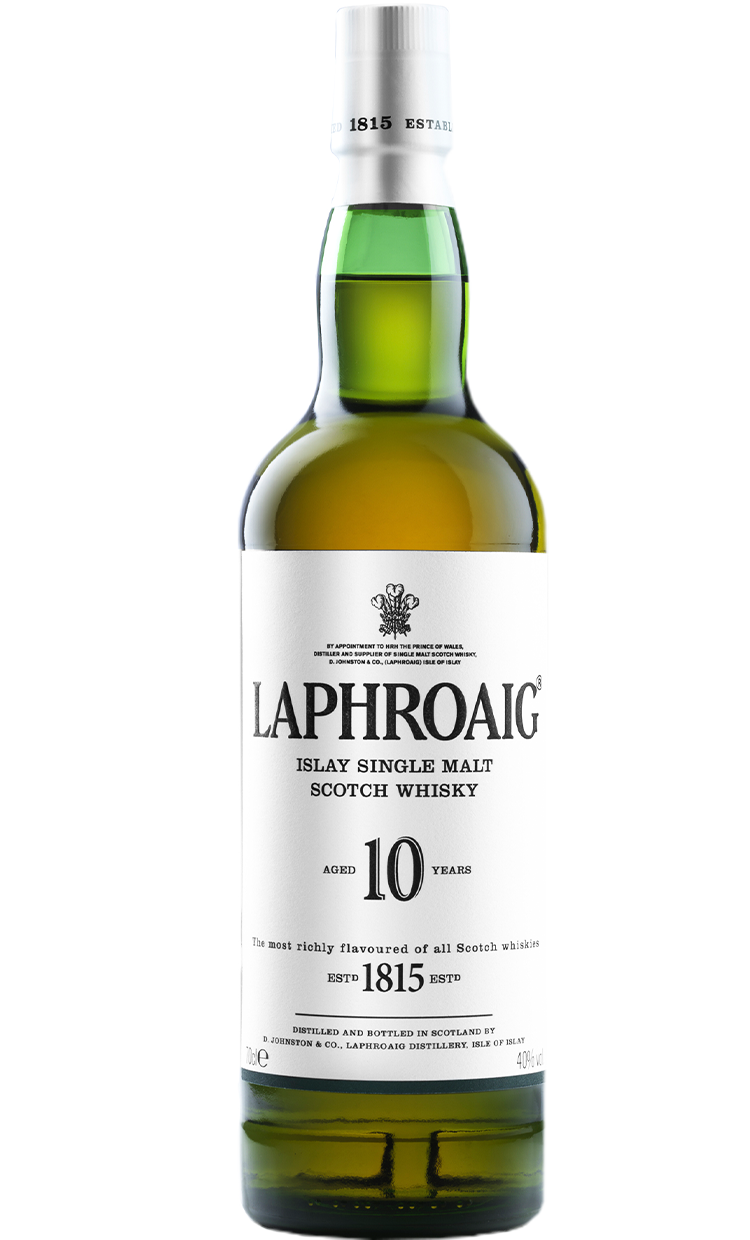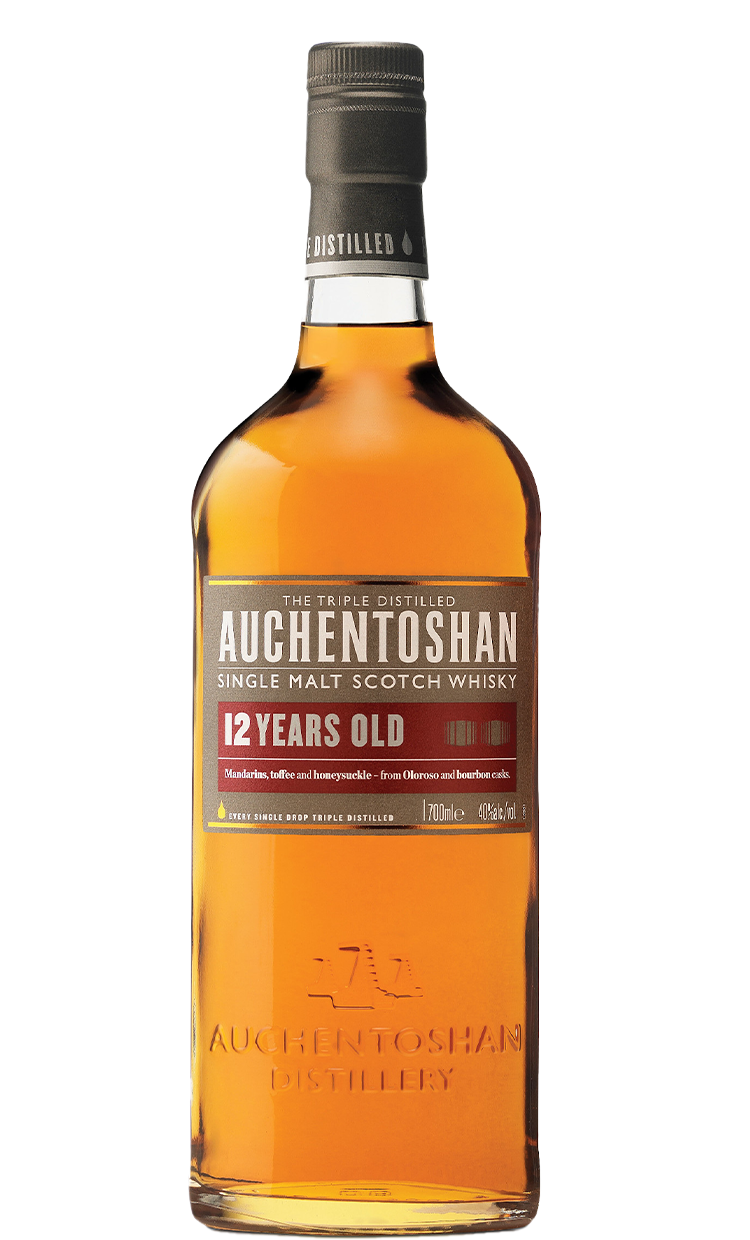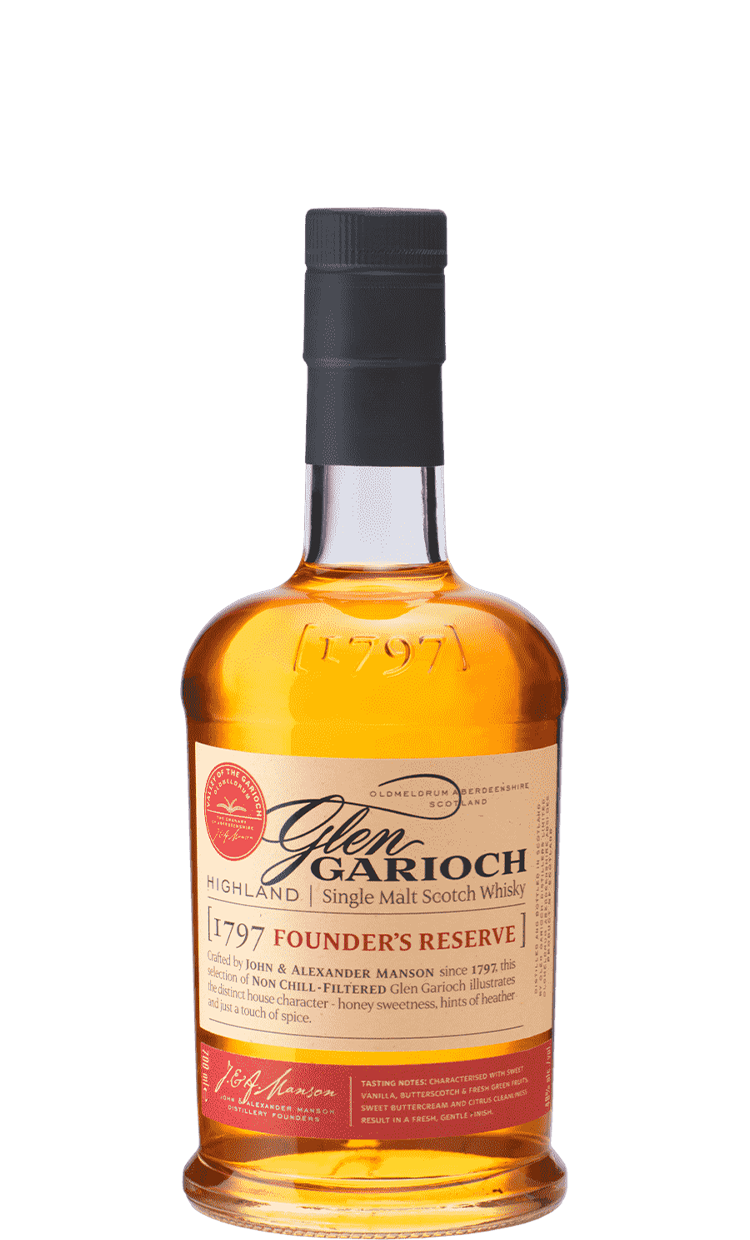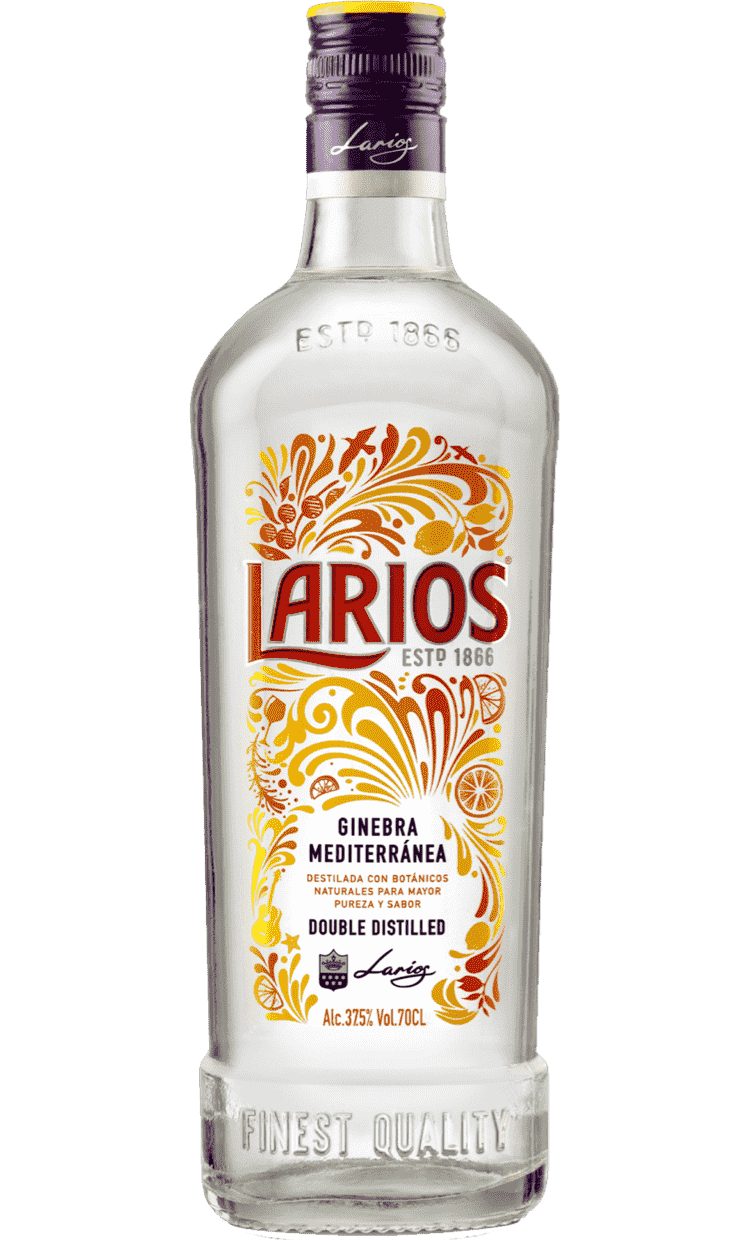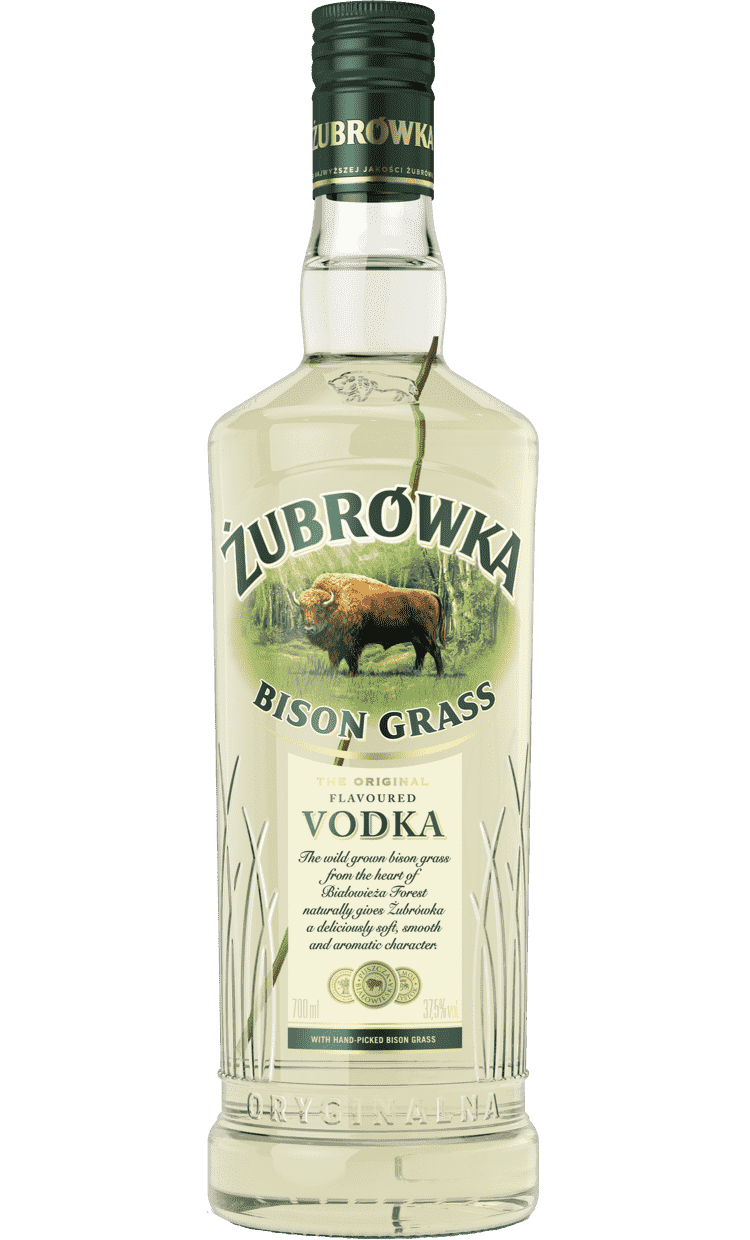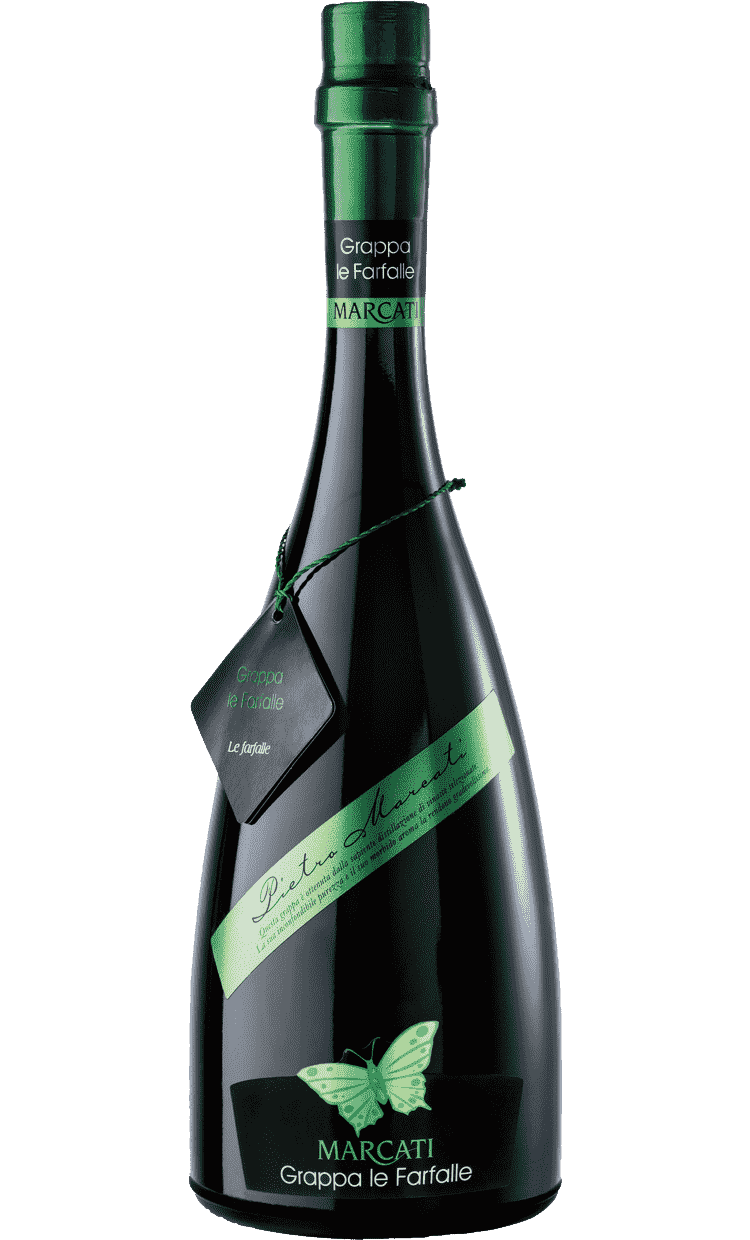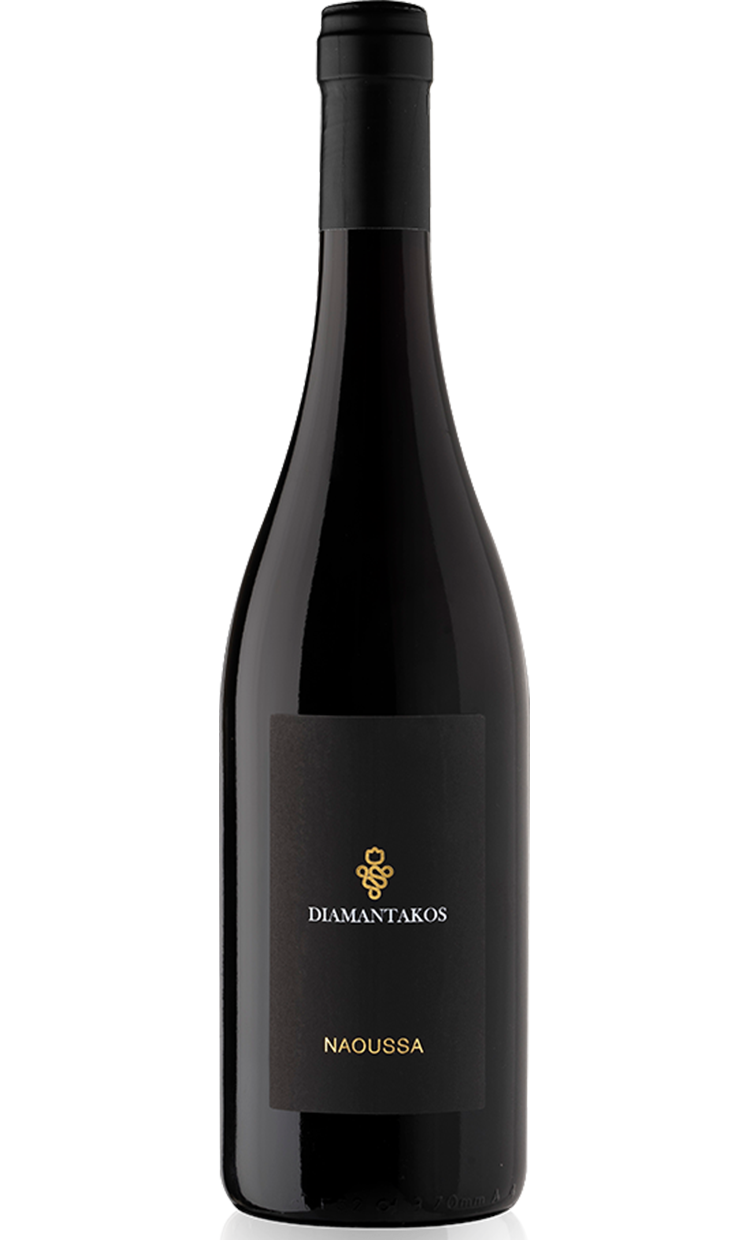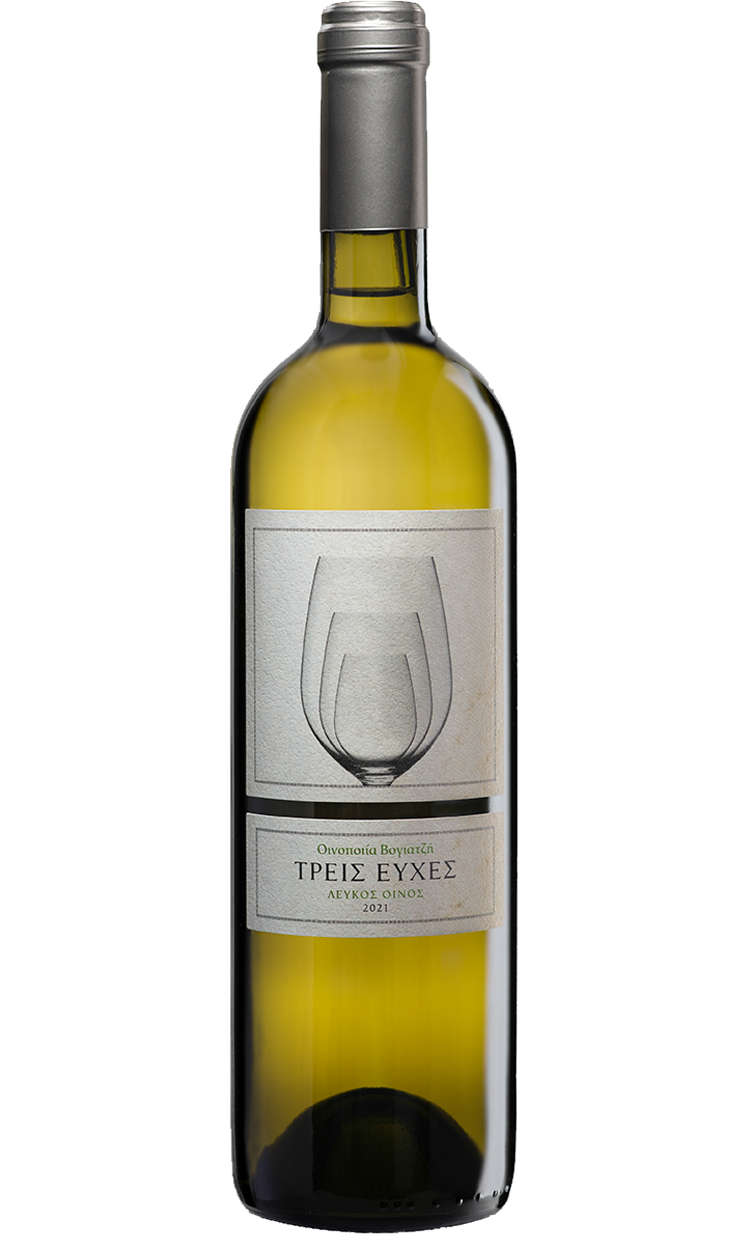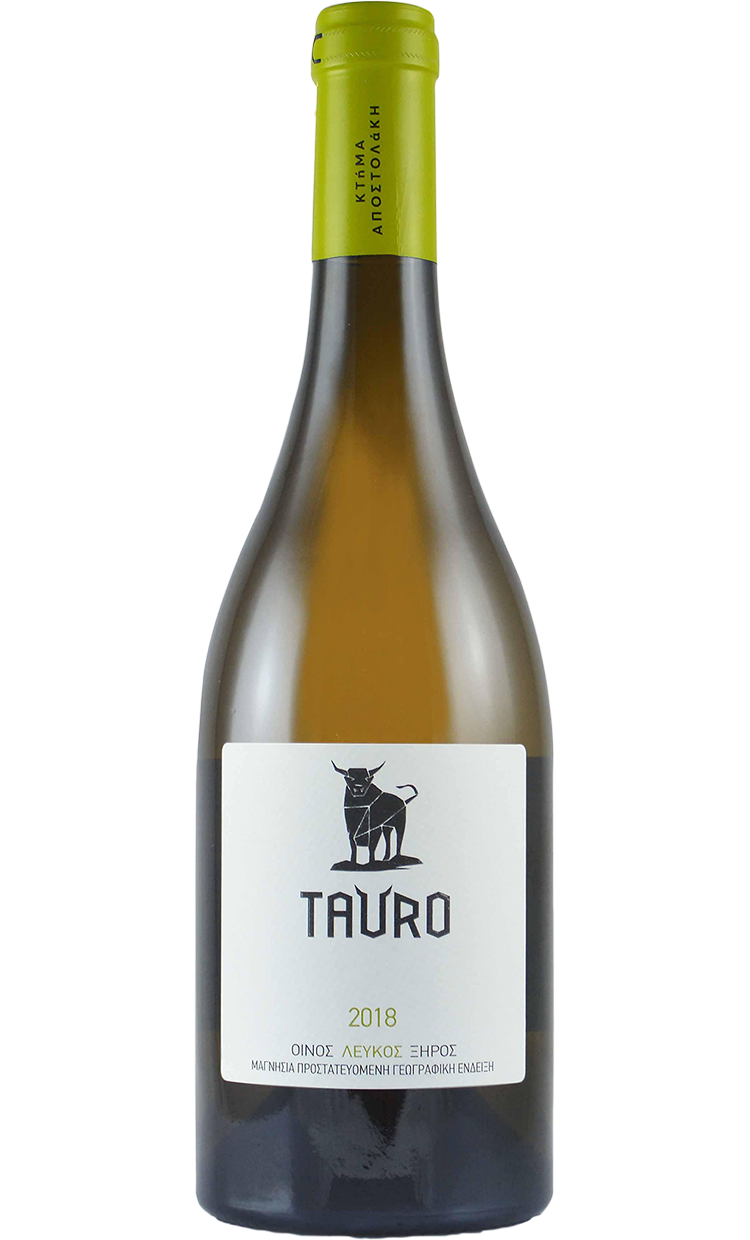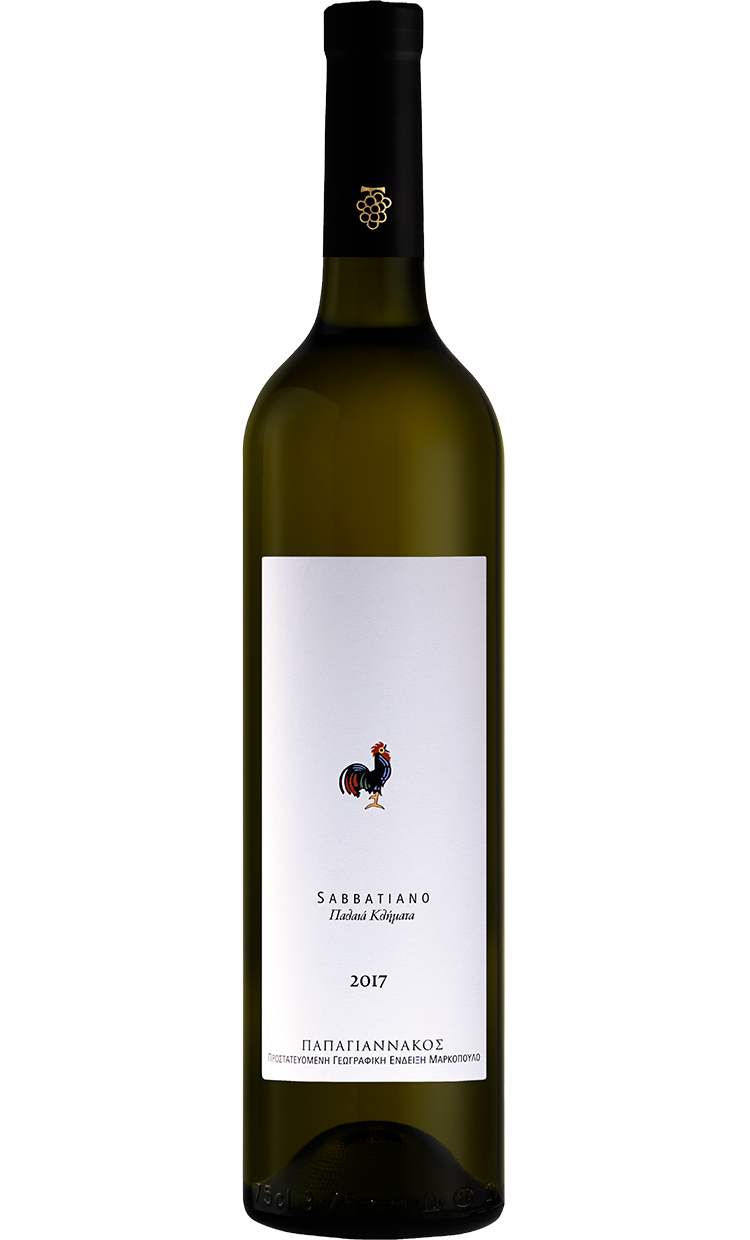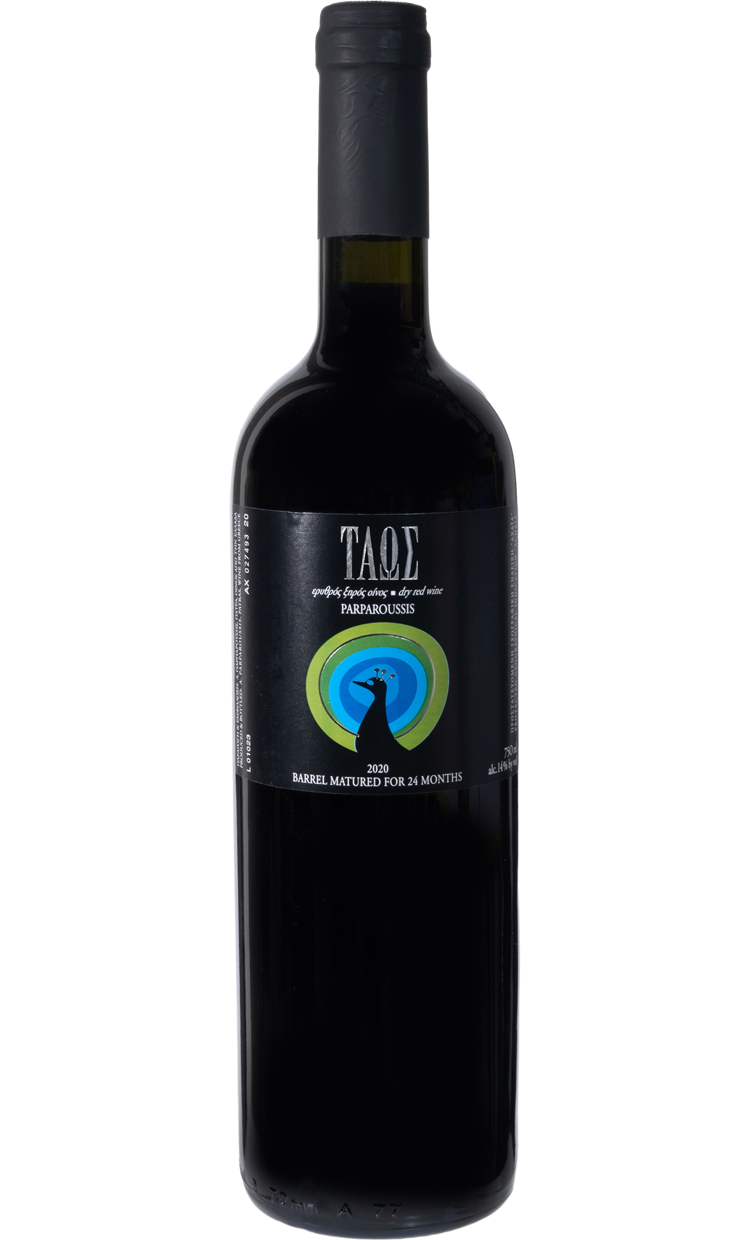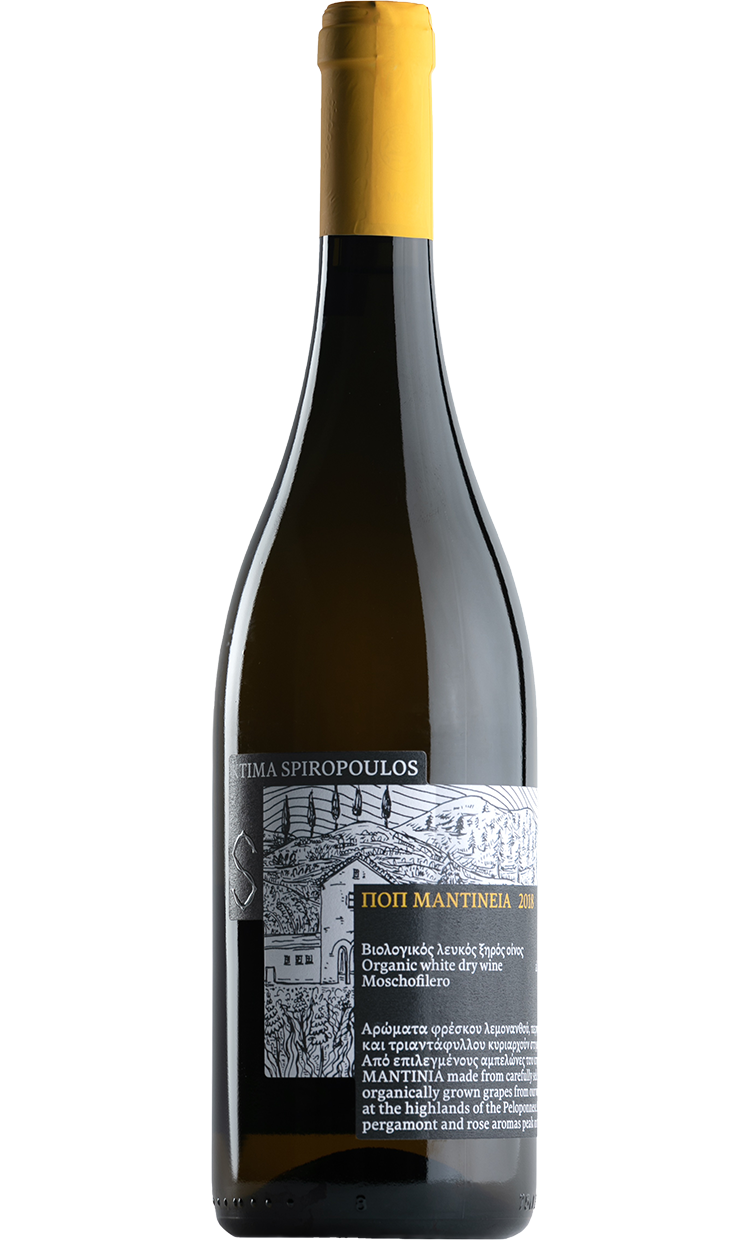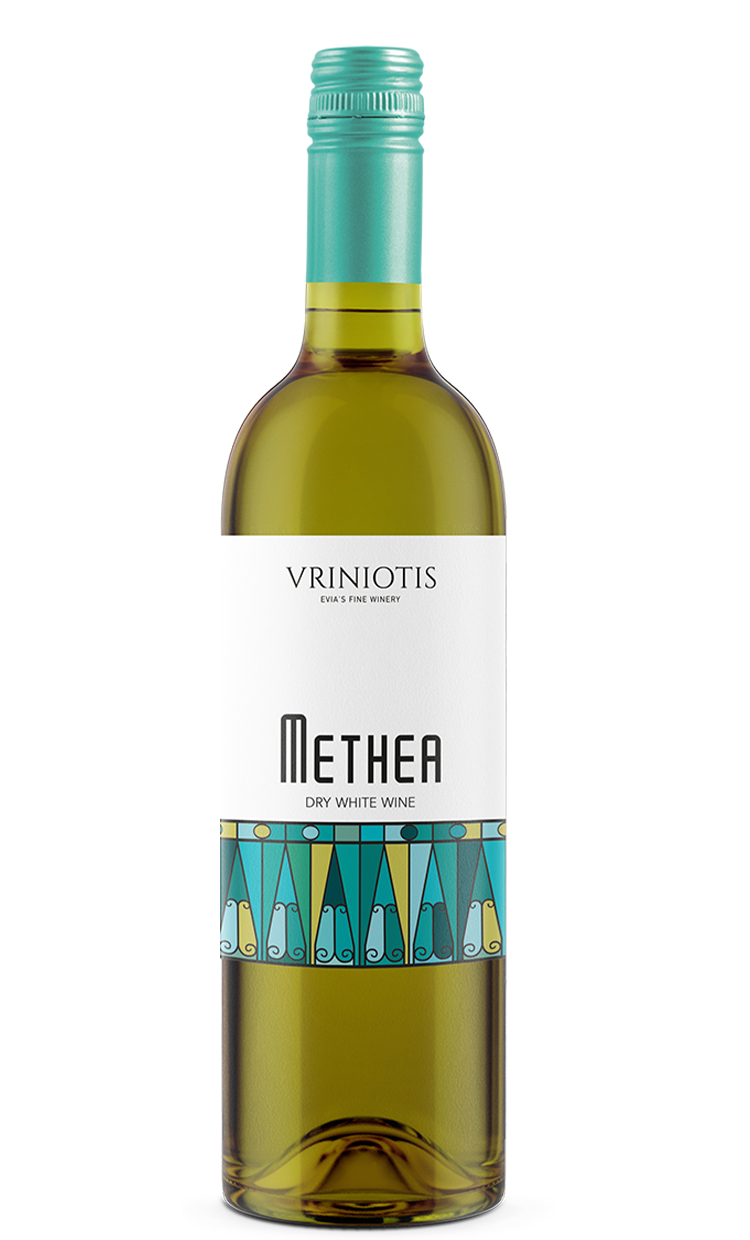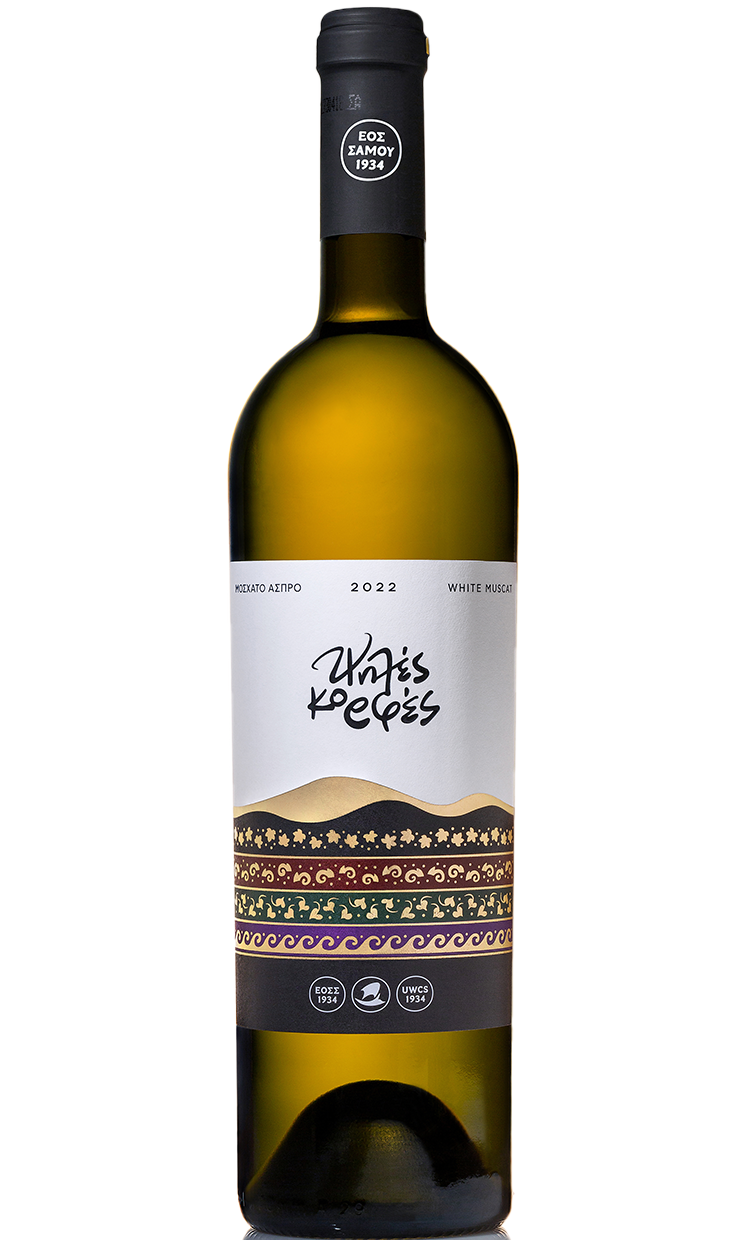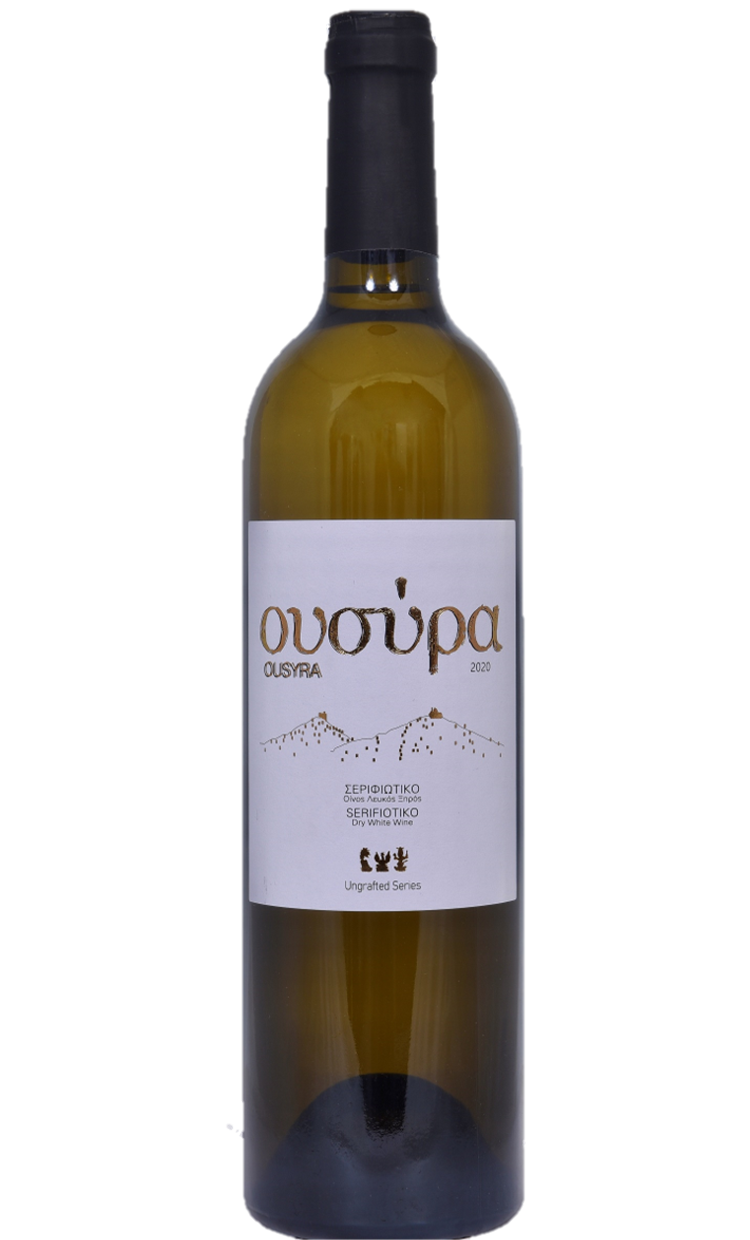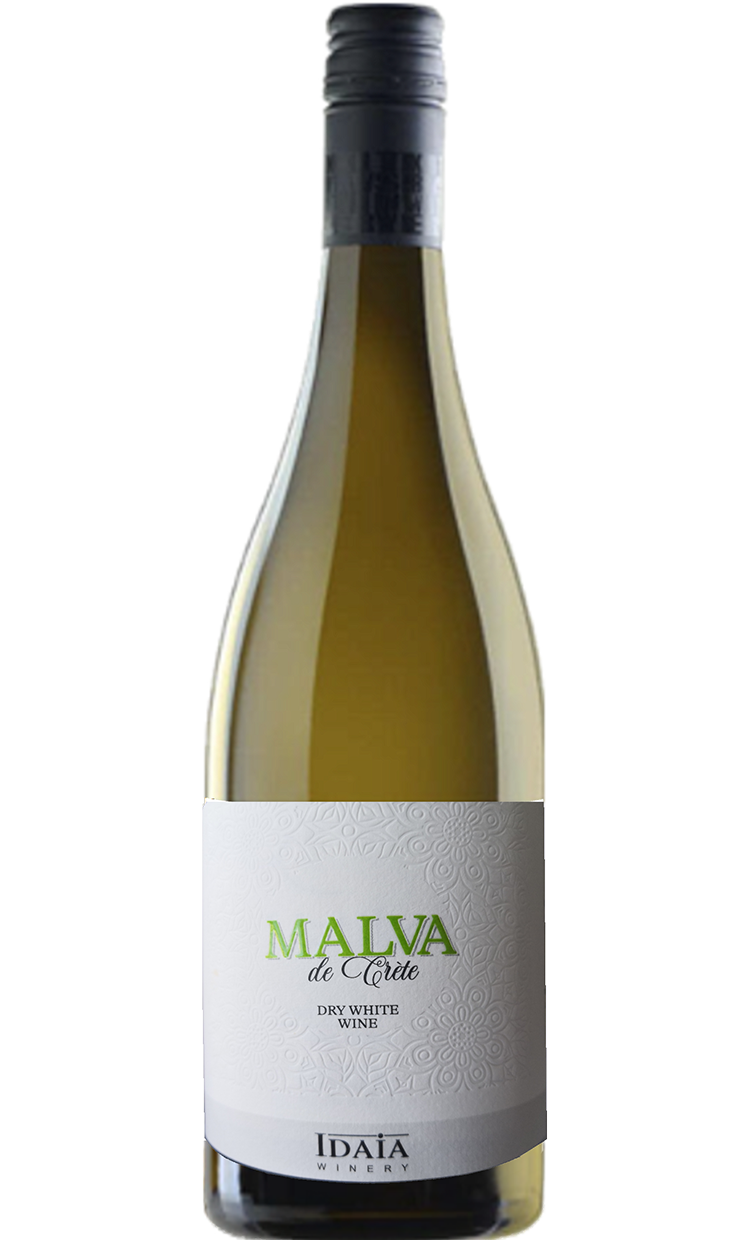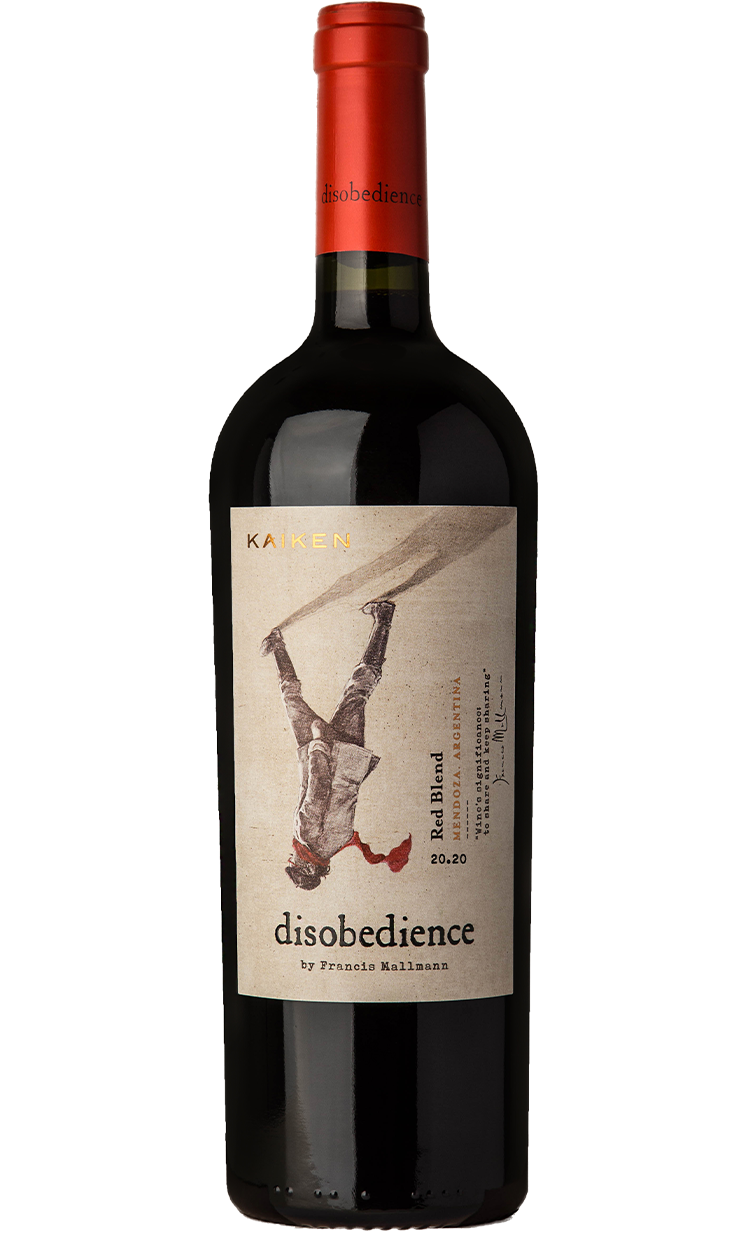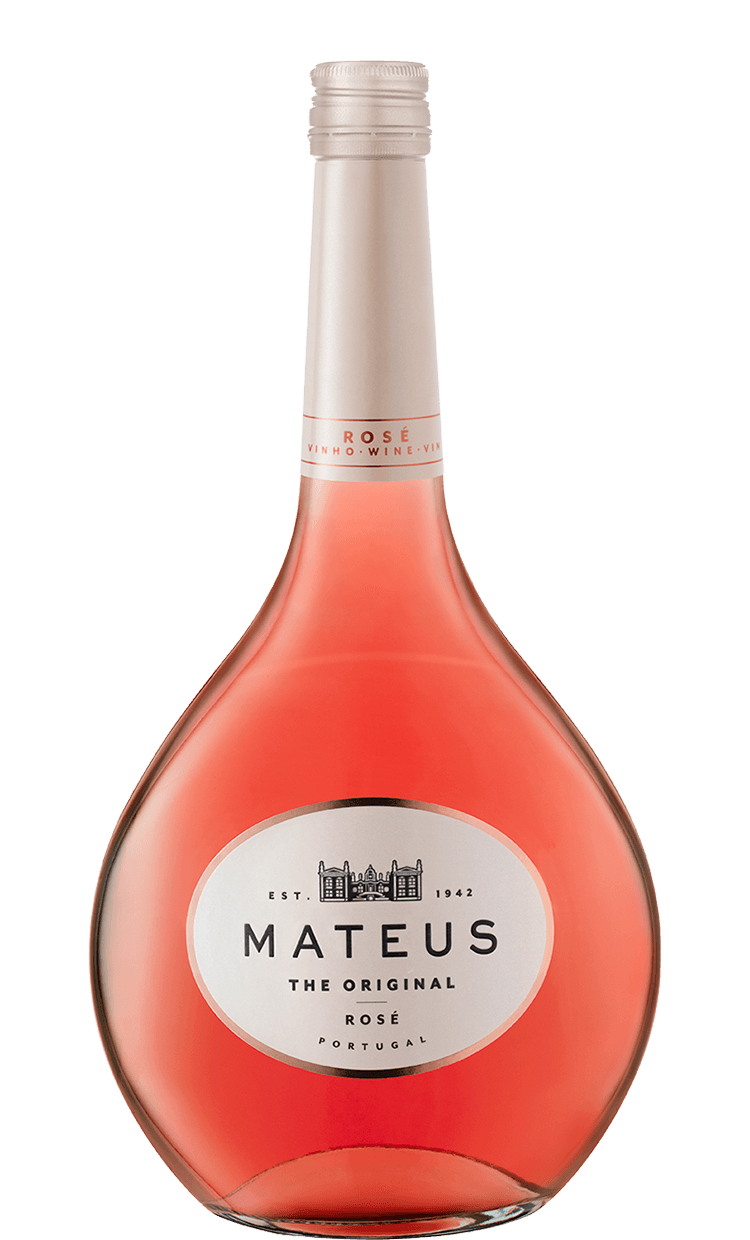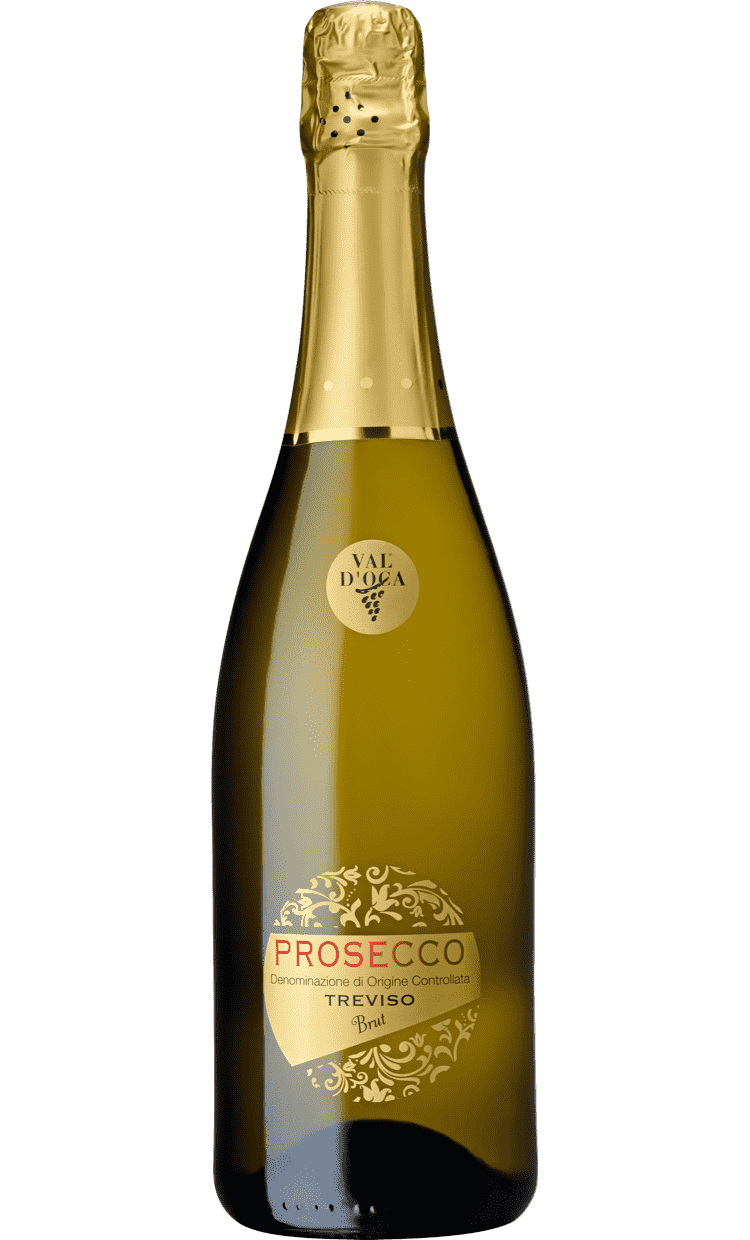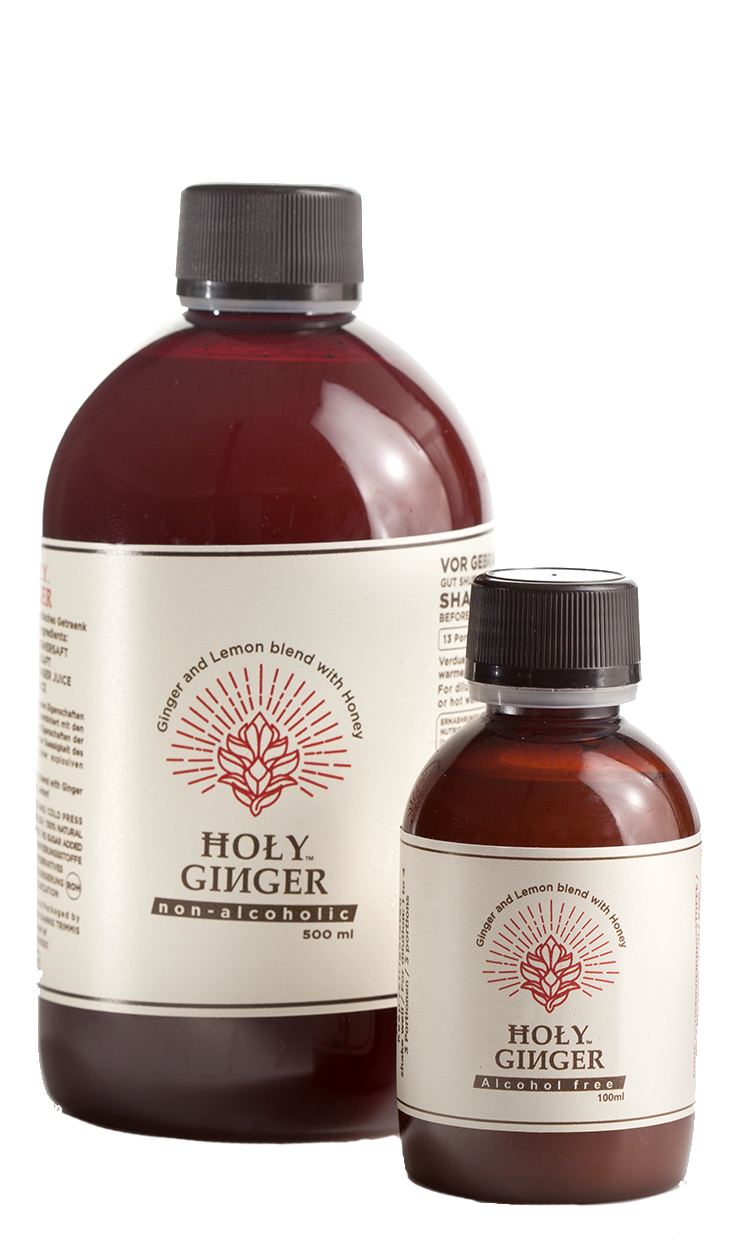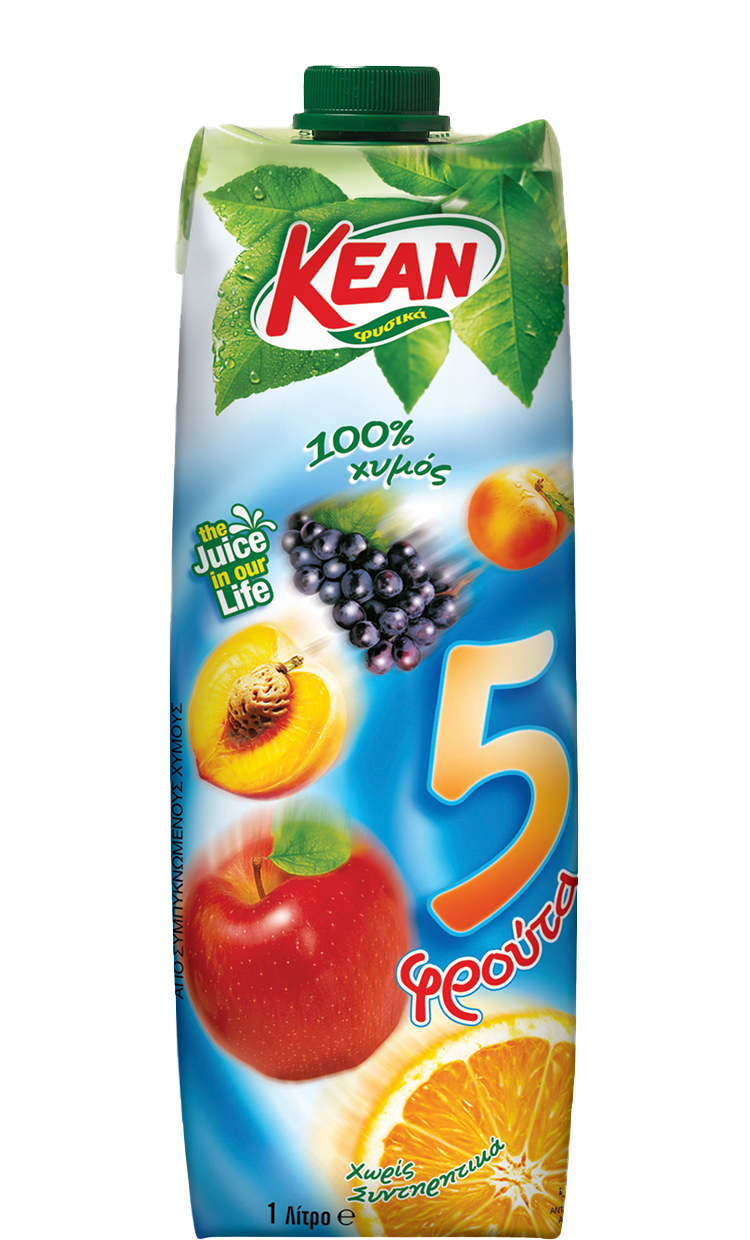

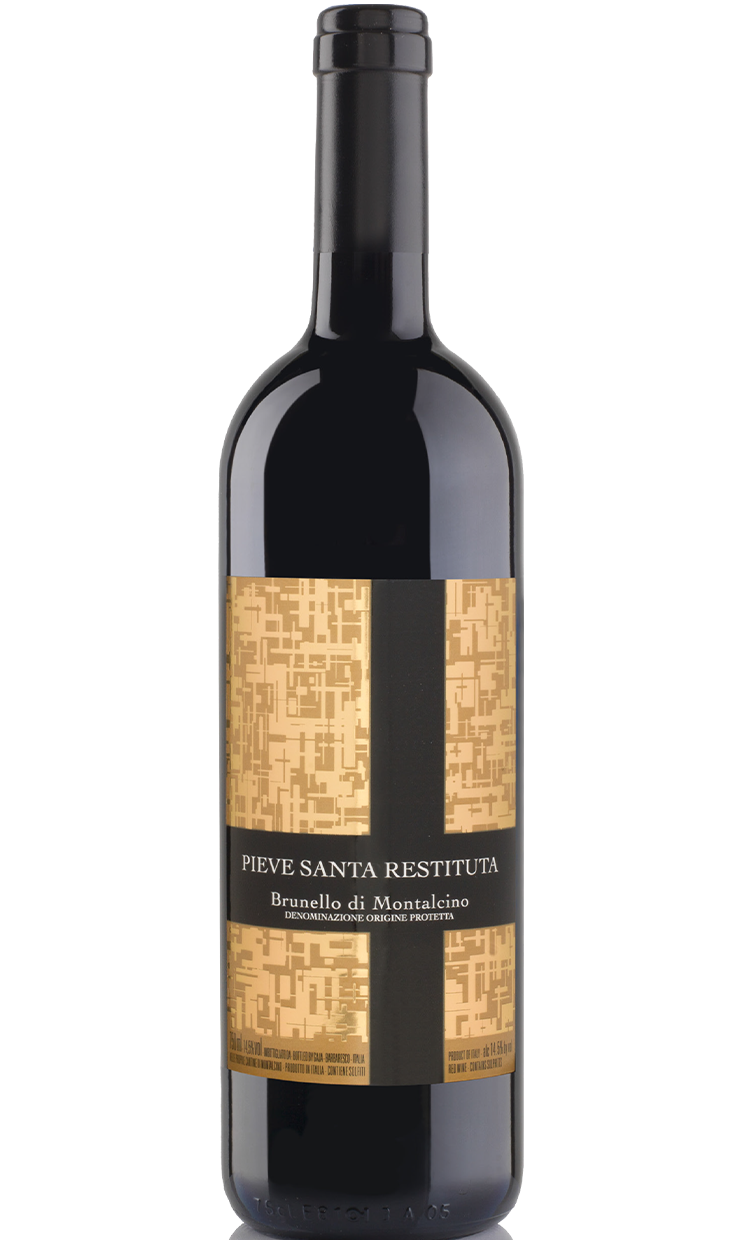

The GAJA winery was founded in 1859 in the village of Barbaresco, in the Piedmont region of Italy. From the beginning, the Gaja family focused on producing quality wines, using traditional methods and carefully cultivated vines. Giovanni Gaja, who took over the business in the early 20th century, expanded the vineyards and established the winery's reputation as one of the region's top.
The real revolution for the winery came in the 1960s, when Angelo Gaja took the reins. With vision and innovative practices, he introduced new techniques, such as the use of French oak barrels and the planting of varieties such as Cabernet Sauvignon, giving an international dimension to the winery's wines. His strategy contributed to the rise of Barbaresco on a global level and established GAJA as one of the most important names in the wine industry.
Today, the winery remains under the guidance of the Gaja family, maintaining tradition and dedication to quality. Its vineyards extend beyond Piedmont, with properties in Tuscany and Sicily, demonstrating the continuous evolution of the business. GAJA wines are among the most emblematic in the world, recognized for their structure, complexity and aging potential.

Expressive on the nose with aromas of cherry, aromatic herbs, flowers and juniper notes. In the mouth it reveals ripe tannins, balanced acidity, rich structure and finesse.
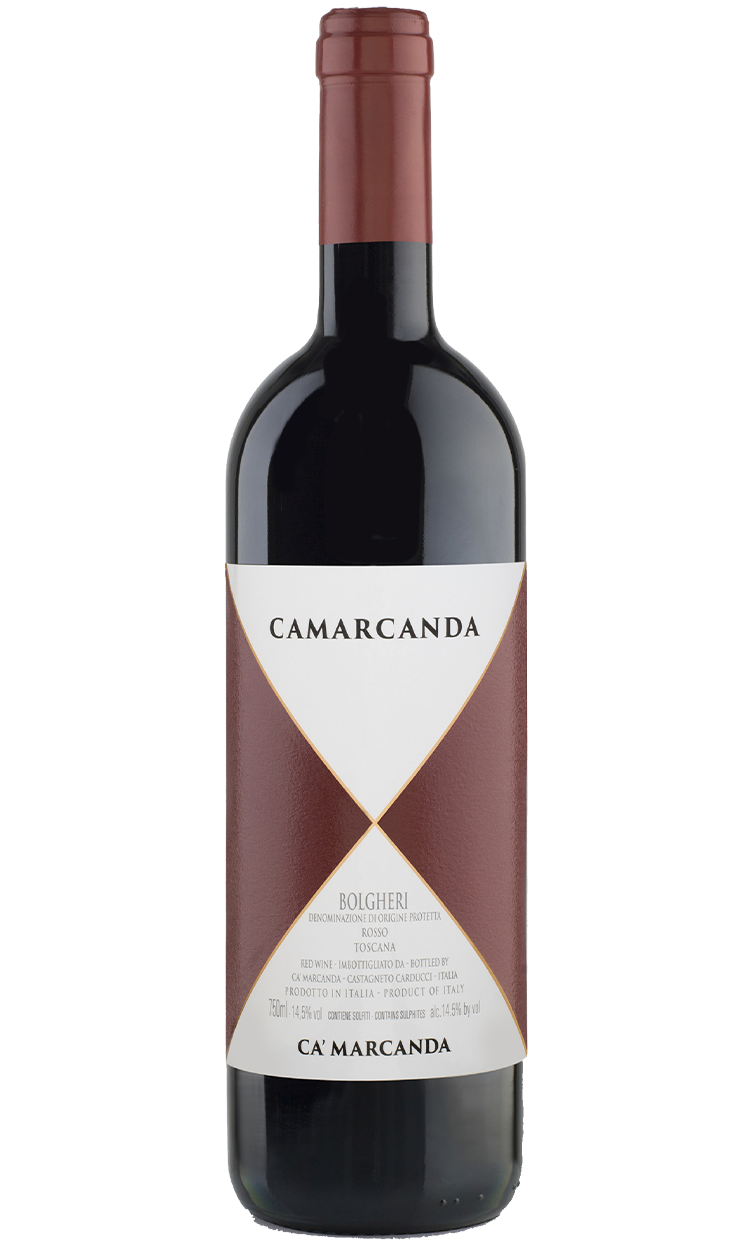
The vineyards that produce the grapes are located in the Castagneto Carducci area, at an altitude of around 100-200 metres above sea level, and the soil is mainly composed of white soils rich in limestone, compact clay and stones, known as 'terre bianche'. These soils offer excellent drainage and contribute to the development of the complexity and minerality of the wine. The grapes are fermented and extracted separately for about 15 days. After fermentation, the wine is matured for 18 months in oak barrels and then blended before bottling. Intense aromas of black fruits, accompanied by notes of violet, vanilla and spices. On the palate, it is rich and complex, with balanced tannins.
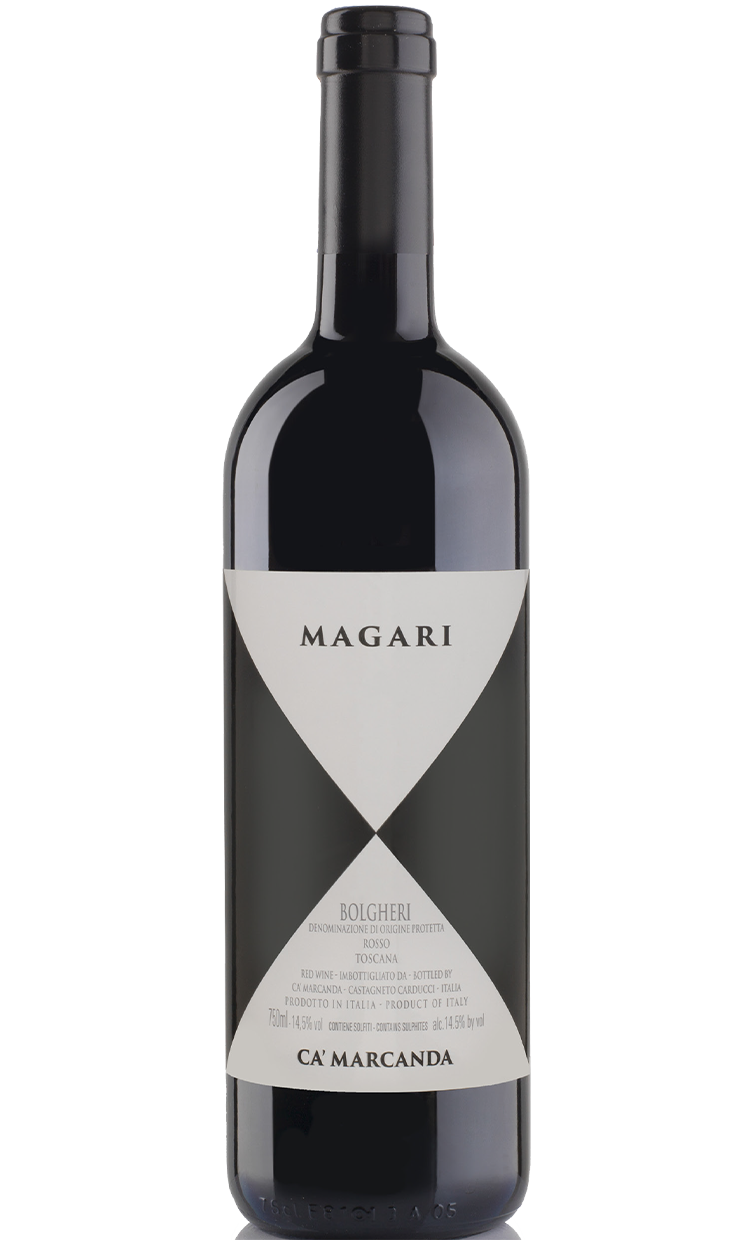
The vineyards are located in areas with rich, clayey soils, known as "terre brune", ideal for growing varieties that add richness and minerality to the wine. The soil is rich in clay and other minerals, contributing to the development of the complexity and minerality of the wine. The wine is fermented in stainless steel tanks and matured for 12 months in oak barrels before bottling. It has intense aromas of black fruit, accompanied by notes of violet and vanilla. On the palate, it has a rich and complex taste with balanced tannins.
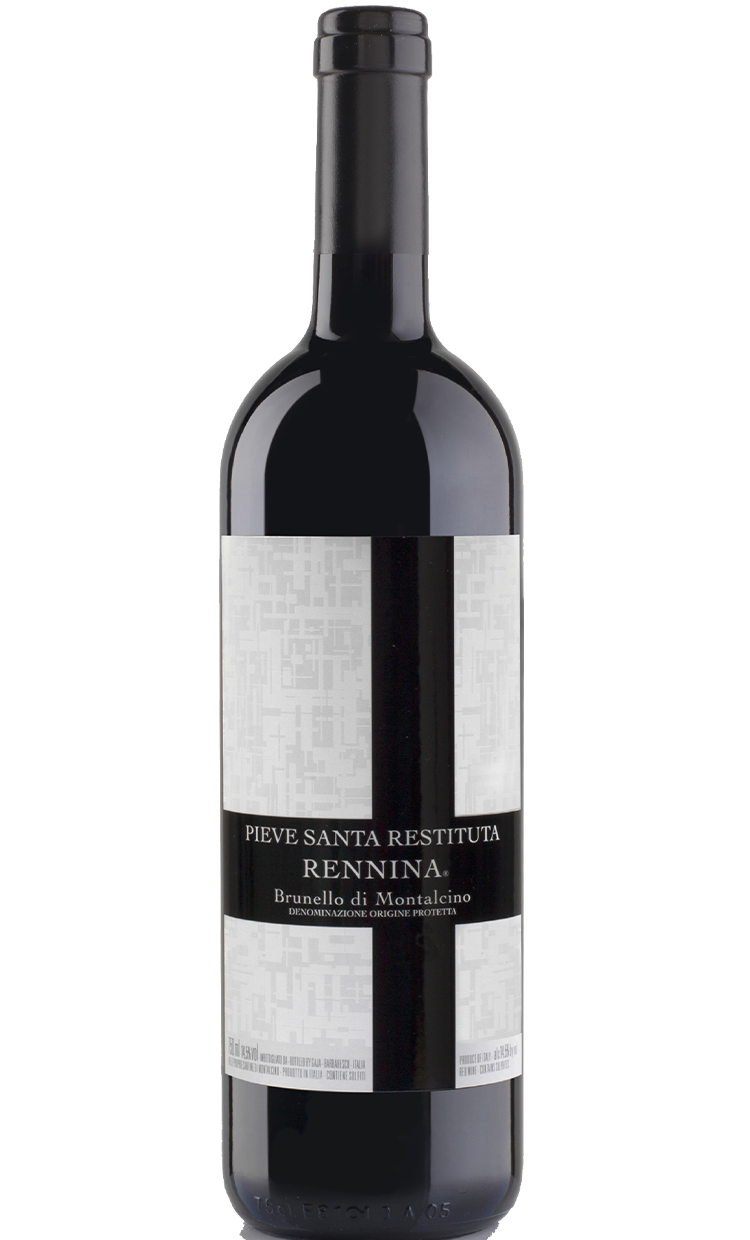
Deep, almost opaque ruby red colour. On the nose, the wine exudes metallic notes, aromas of wet gravel and mint, with hints of oak in the background. On the palate it is fleshy and powerful, with concentrated cherry fruit.
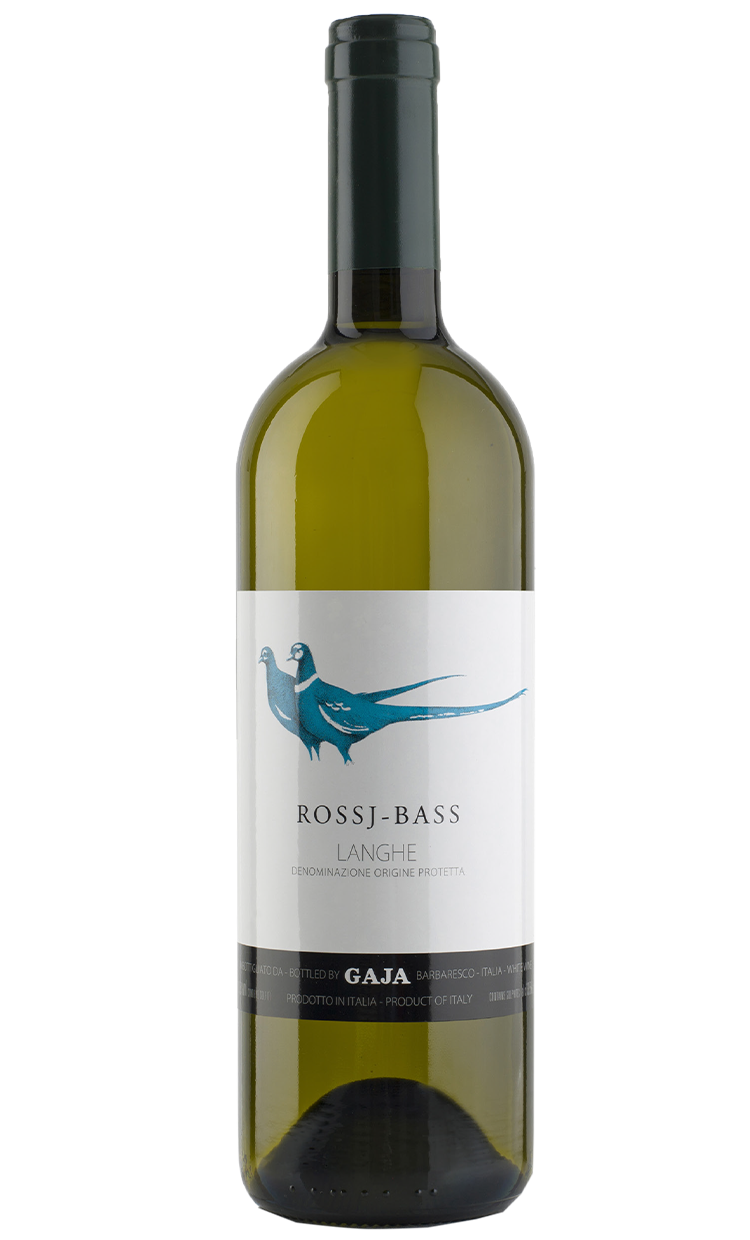
This wine has aromas of white flowers, stone fruit, vanilla and nuts. On the palate it is dense, with a buttery sensation, volume and natural acidity that balances it excellently.
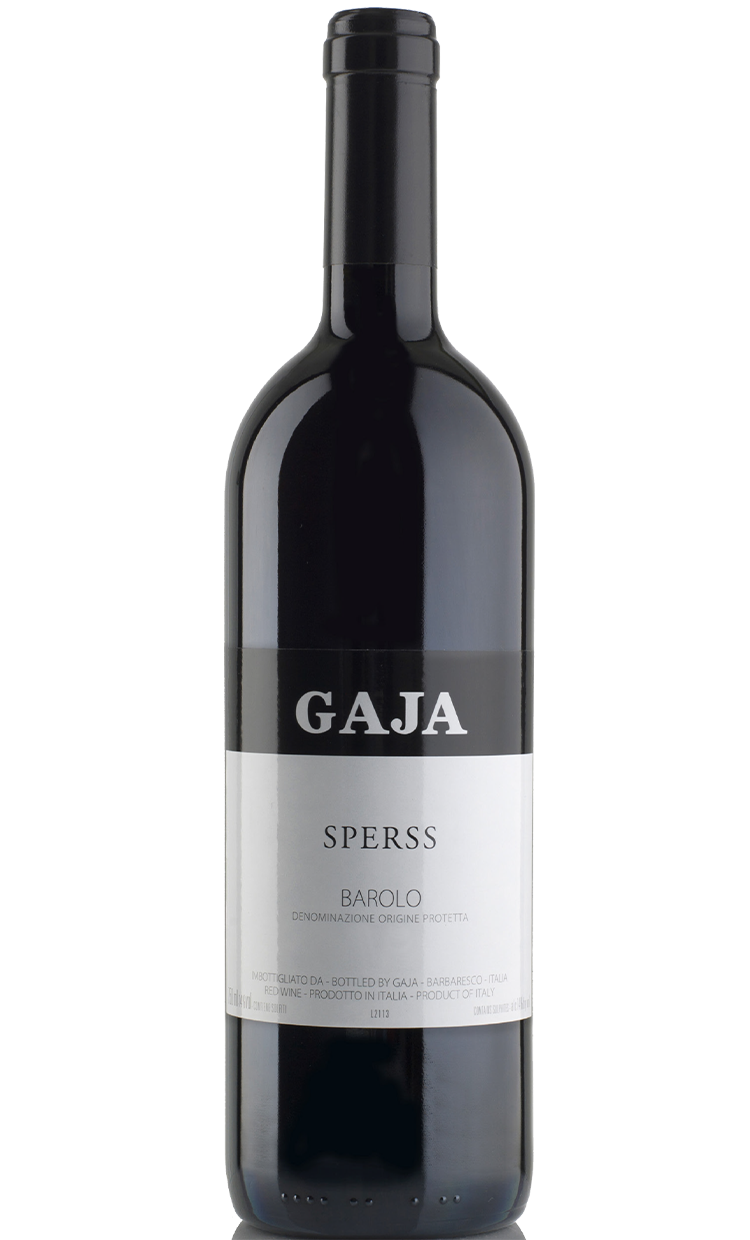
This wine shows an intense ruby red colour, with a slightly transparent appearance. Its complex and charming bouquet includes fruity aromas of blackberry, blueberry, cherry jam, as well as notes of black pepper, truffle, leather and liquorice. It is remarkable by its great smoothness and intense tannins.
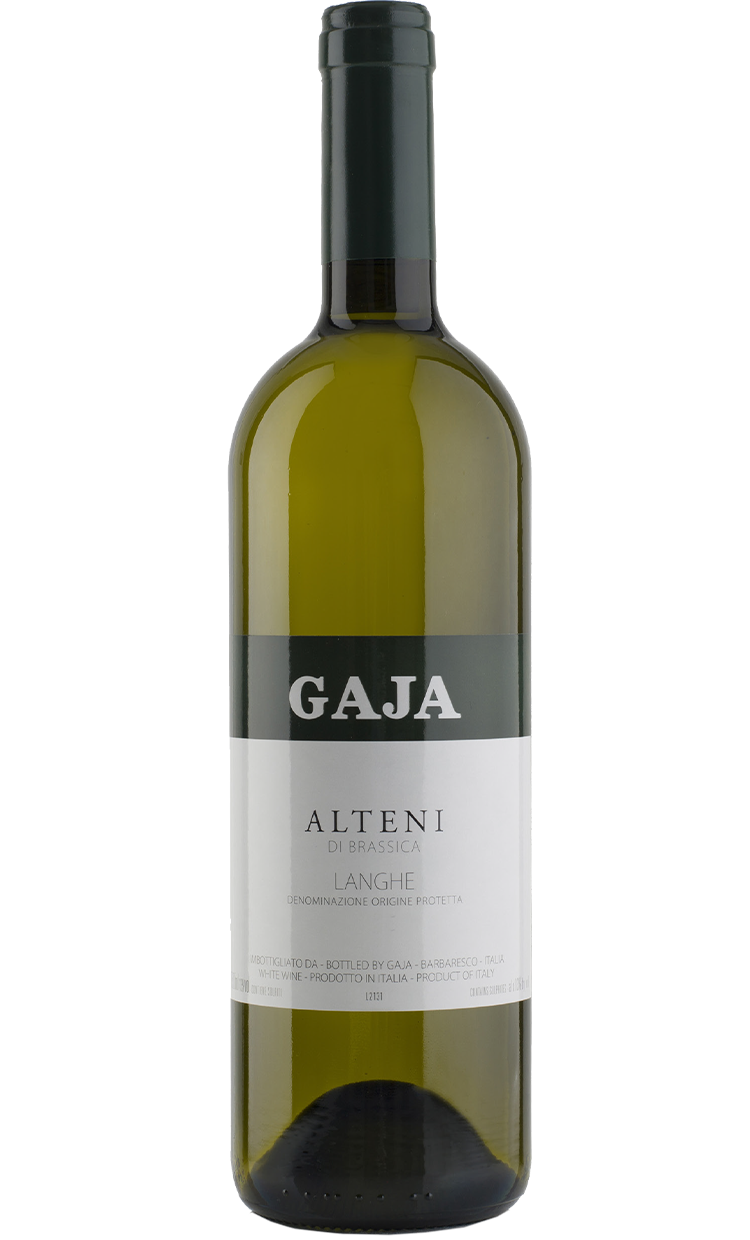
Its colour is bright yellow-green. On the nose it is intense, well balanced between fruity, herbal and earthy aromas combined with the distinctive barrel. The palate is dry with high acidity, full-bodied, long finish full of ripe fruit.
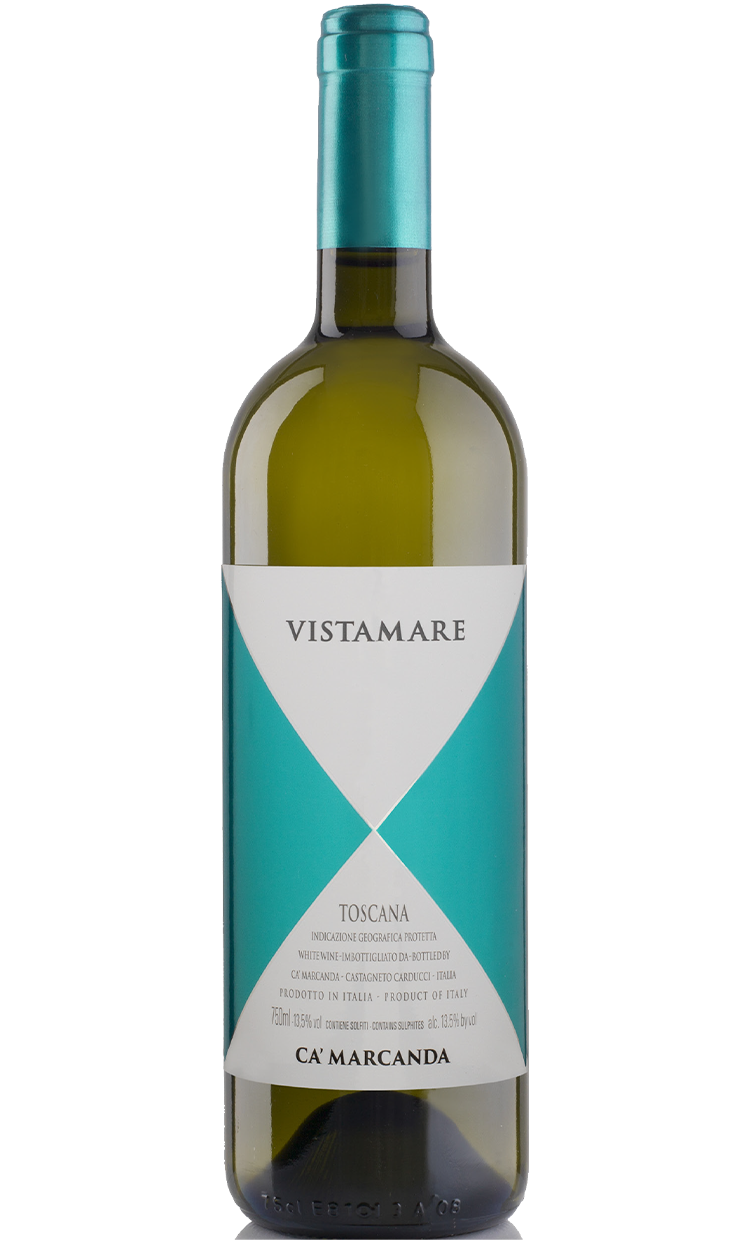
White wine from Tuscany, with a fresh, cool and aromatic character, which perfectly reflects the soil and climate profile of the region. The vineyards are located on slopes overlooking the Tyrrhenian coast, benefiting from the sea breeze and intense sunshine. The soil is composed of clay and sandy elements, offering good drainage and contributing to the development of complex aromas in the wine. The grapes are harvested by hand and fermented in stainless steel tanks, preserving the freshness and aromatic characteristics. The wine shows intense aromas of white and yellow flowers, such as acacia, with hints of vanilla and candied fruit. The palate is intensely smooth, with lively acidity and minerality, while the aftertaste leaves notes of ripe fruit and honey.
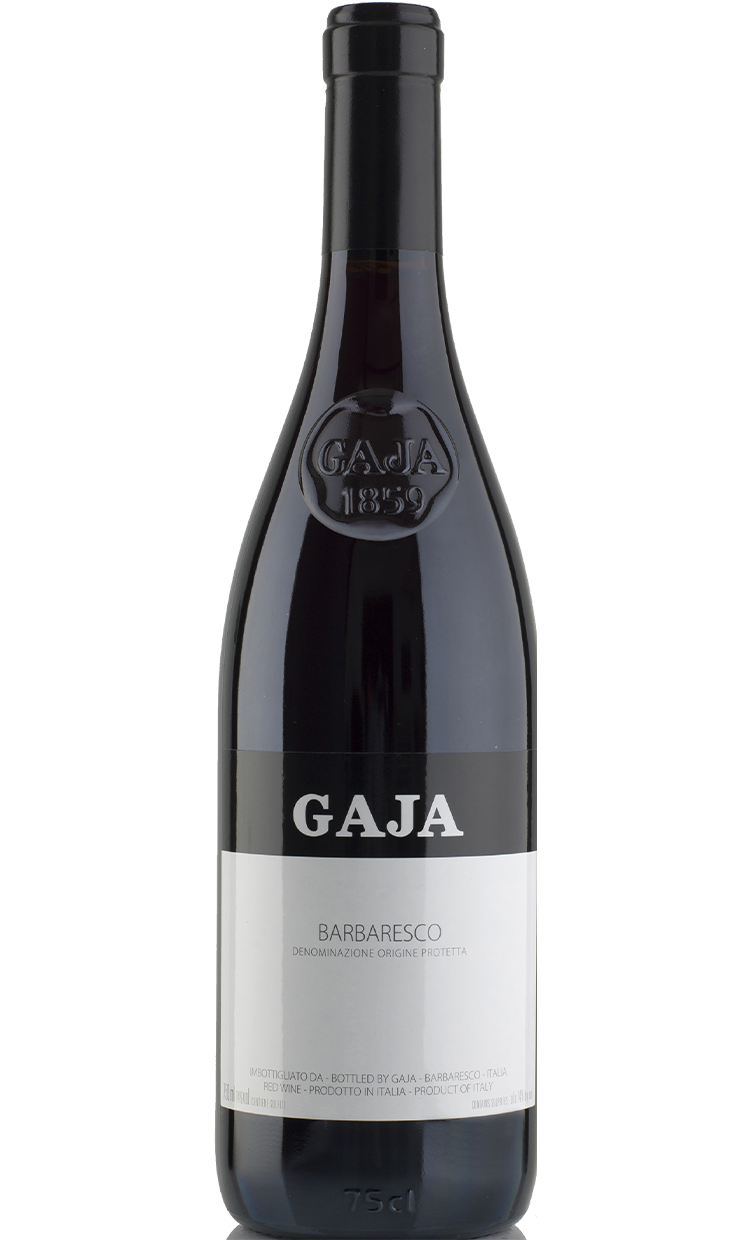
Expressive spicy and floral notes are the first to emerge, but what really stands out is the complexity and purity of the wine. Its clarity is undeniable. Sweet red cherries, mint, cinnamon and rose petals evolve in the glass, adding further nuances. The palate is balanced and spicy, the tannins are firm, and the finish is precise and long.

